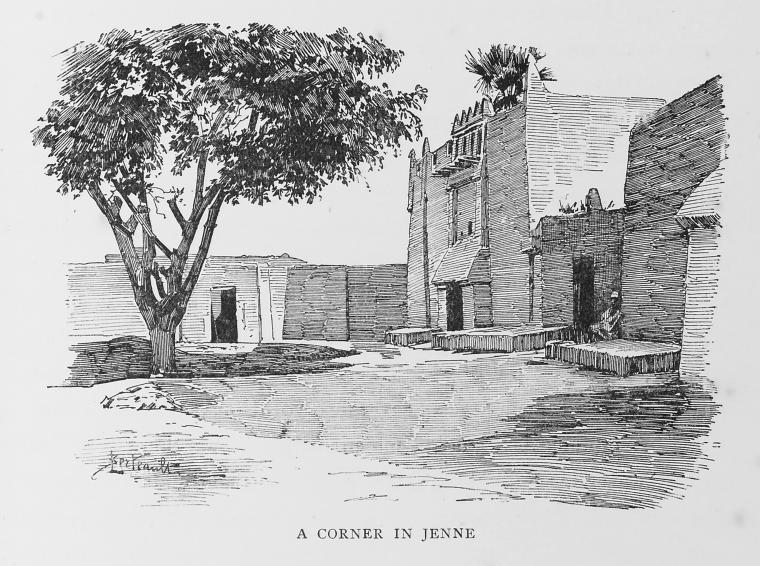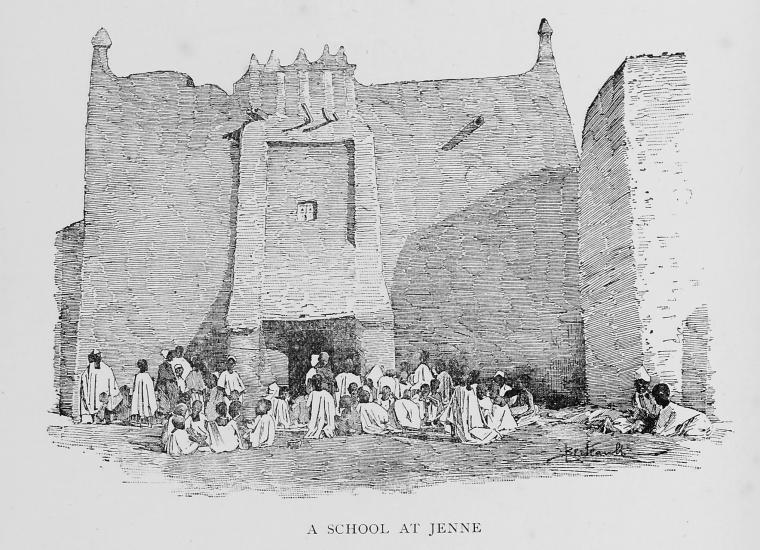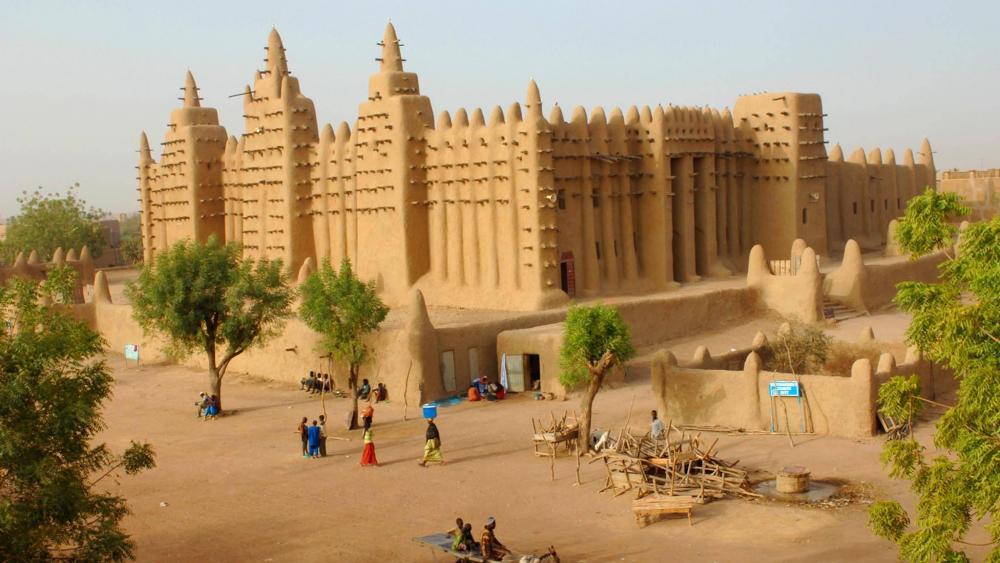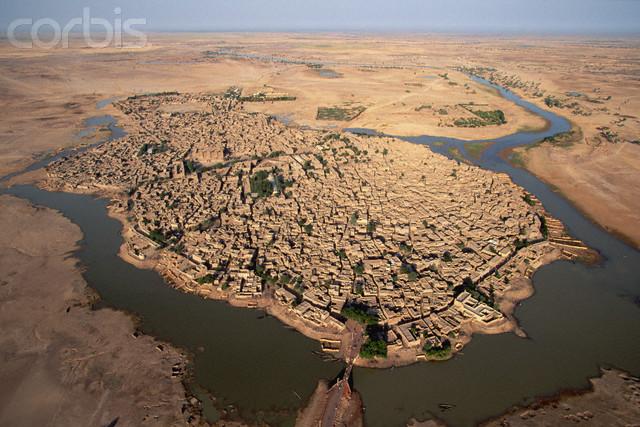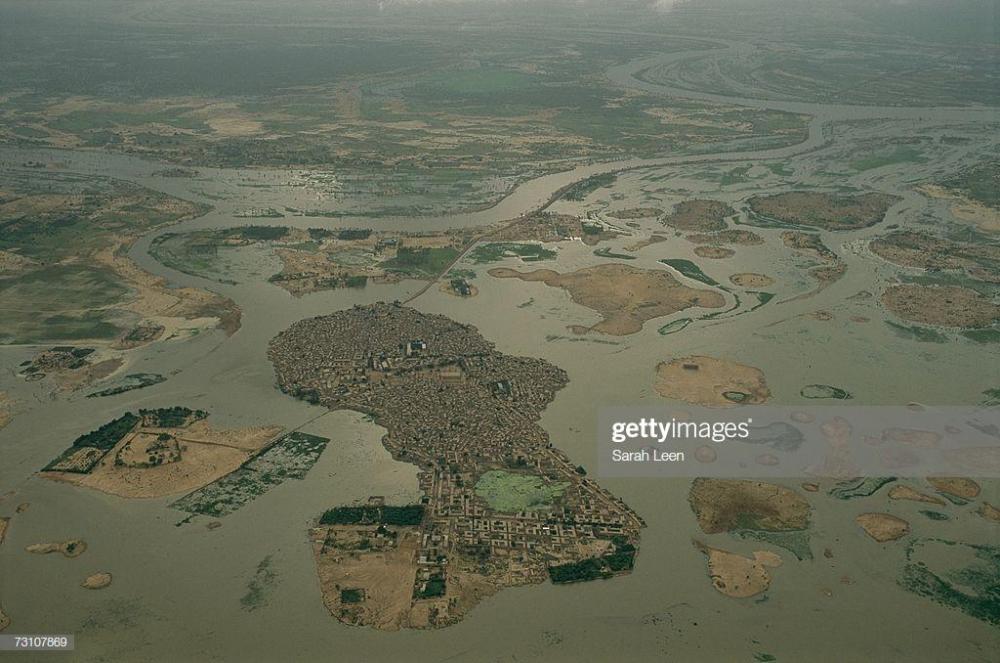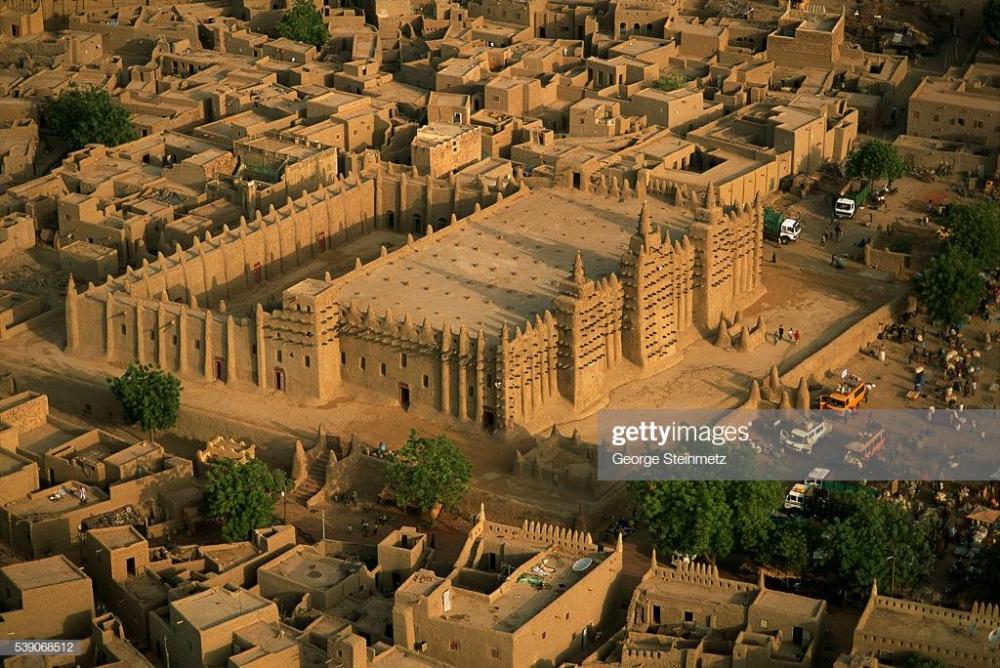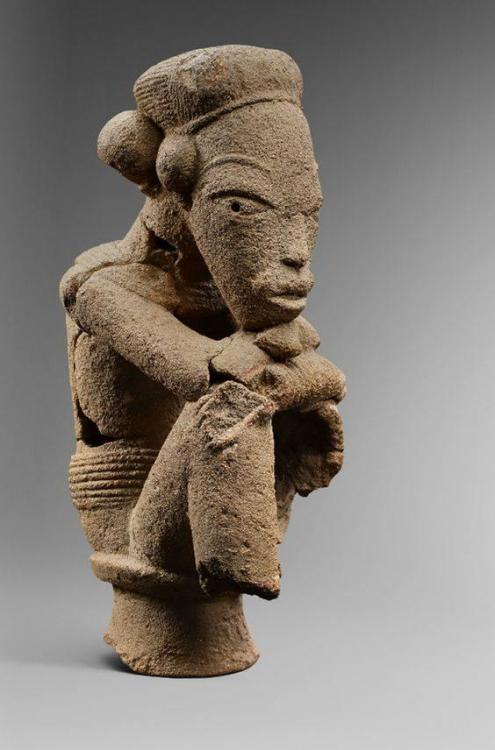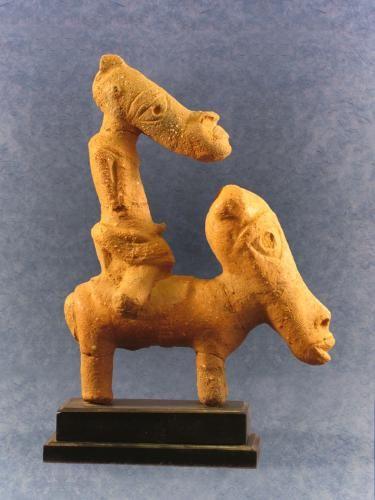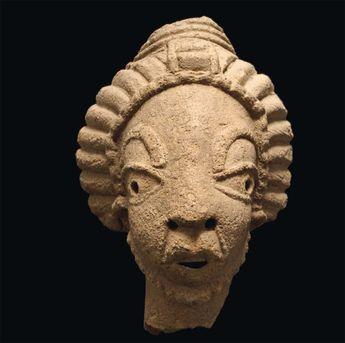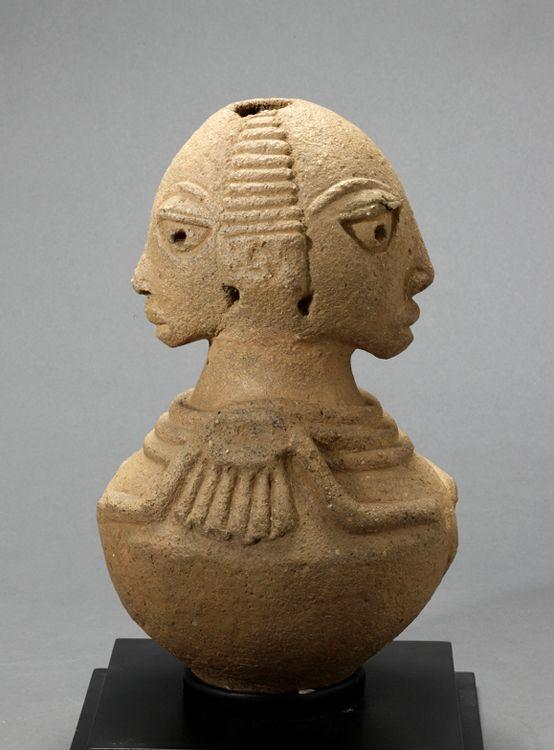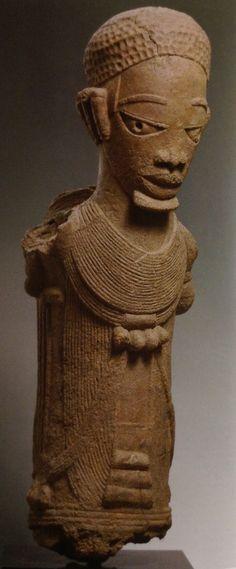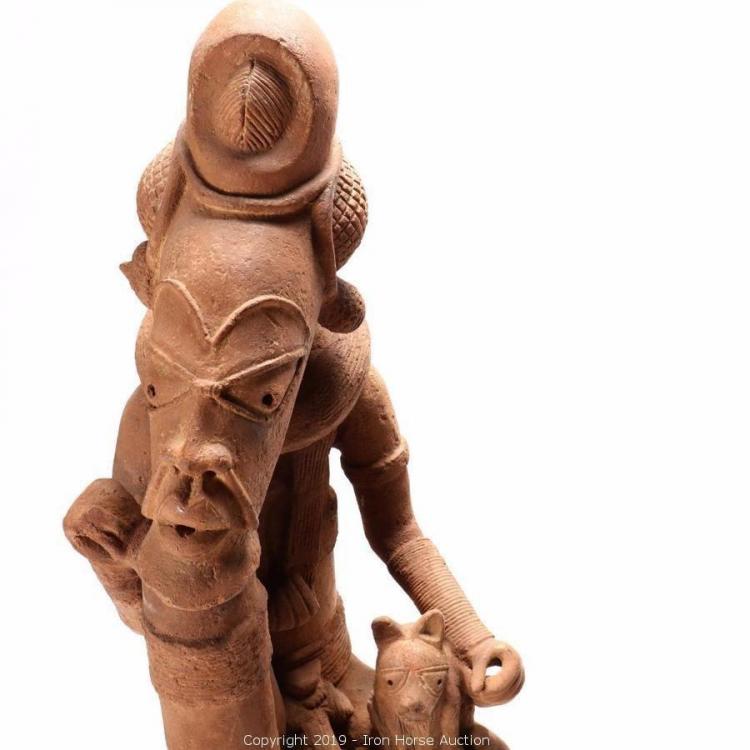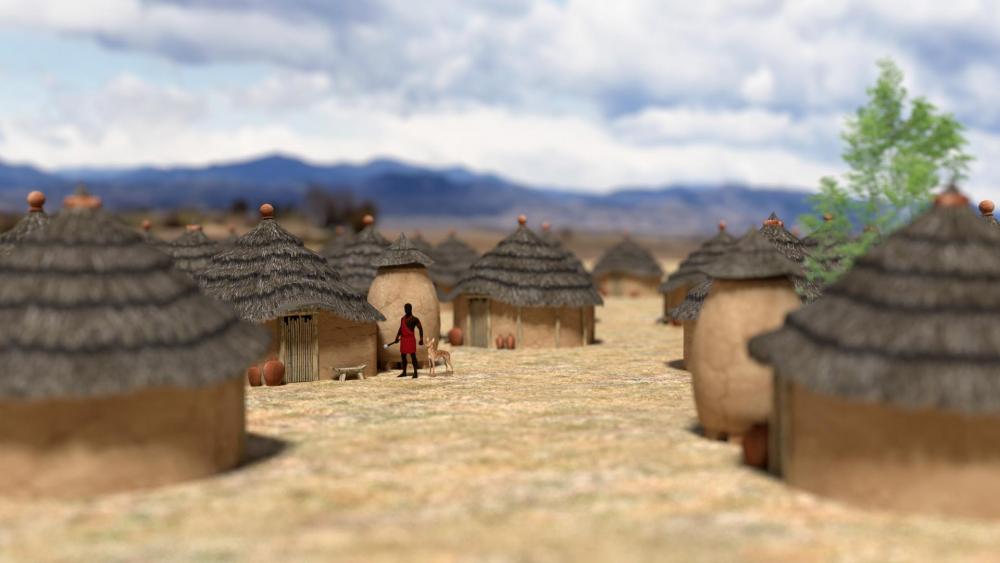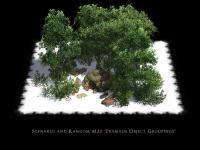Leaderboard
Popular Content
Showing content with the highest reputation on 2019-04-21 in all areas
-
@Lion.Kanzen I made a rudimentary map of Africa, roughly from the 3rd century BC to 1st century BC-ish. It's a bit rough on the edges, forgive me but it will give you a better understanding than those random general maps that just omit everything. The spaces in between are probably occupied by low density hunter gatherers and even "troglodytes" (cave dwellers). There are probably other cultures that deserve mention on this map as well, but I'm not familiar enough with them.5 points
-
Hi all, I would like to invite you to our weekly livestream event. There will be a 4v4 match at 18.00 (UTC) on Sunday with dual-commentary by Alistair Findlay and Feldfeld (about 5-6 hours later after I post this announcement). If you want to convert UTC time zone to your time zone you can visit this website. Players who want to play should be in the room a little early. Players who want to spec/contribute should watch the event on Alistair Findlay's channel: Here is the link. Have fun,4 points
-
3 points
-
Amazing graphic!! Another level, sorry the ignorance, what is decals? Can someone explain how you achieved this effect? I wish to use it in my Economy Simulation Mod. Btw @Bigtiger i read that you want to add city building features to your mod, and i saw you now focus on graphic, if you are interested check my mod, i m developing the economy dimension of the game, maybe we can collaborate in the future.3 points
-
I left this here to introduction post. as @Sundiata say , they can receive an treatment concept of nomadic raiders.2 points
-
I know the "packing" stuff for nomads is sexy and all, but after experimenting with this a lot in Atlas, I'm starting to think "packing" civs are kind of tedious to use. In DE I'm thinking of just making "nomadic" civs have these features: Buildings half cost, strength, and build time. No territory effects whatsoever Egalitarian units (male and female mix) Looting and Capturing bonuses "Ox Cart" dropsite Cavalry focus2 points
-
Yeah, I know. But much better for end user to make it an Atlas feature. One can also make a "POG" map where they paste all their cool little scenes, and then keep that open as a second Atlas instance and then copy and paste the little scenes over. But like I said, my "dream" system would probably be a lot better for the standard user (ie, 90% of people). lol2 points
-
2 points
-
I do this too. What we need is a true POG system (Premade Object Groups). Imagine in Atlas you go into POG mode and it loads a tiny "map" on which you can place objects. Then you save this grouping as a POG that is then added to a new sort in the object menu, which can now be placed in subsequent skirmish or scenario maps as one object (as if you're copying a pasting), or even extended to be placed by random map scripts too.2 points
-
Maybe too much muscular. And the ends for the neck and the arms are maybe too wide (too big lines). https://tiflos.artstation.com/projects/KDoJG?album_id=1406039 By the way, if this is not already used: https://en.wikipedia.org/wiki/Ksour_Essef_cuirass https://www.haaretz.com/archaeology/MAGAZINE-diving-archaeologists-find-lion-helmet-from-punic-wars-1.56266492 points
-
Considering the scant sources, I don't see any reason to deviate from the few sources that we actually do have. So i'd say go for it! I know you're already familiar with Phillip II of Macedon's Iron cuirass: I wanted to share another Iron cuirass that I haven't seen on this forum yet. The Iron cuirass from the tomb on Prodrimo (Crete), 290 -270 BC (believed to be armour for a cavalry man) Original: Reconstructed: A little more info: https://hetairoi.de/en/grave-of-prodromi The silver plated iron helmet from that tomb is amazing as well (reconstructed): Original:2 points
-
It is more about misplaced regionalism than difficulties in the localisation. Officially, it is Alise sainte reine.2 points
-
Gauls: (I took the list of Sundiata and put their gallic names) Britons :2 points
-
@nani Do you think it is possible to generate aesthetic random maps by combining decals and other game objects? Would this cause performance issues, especially when you use decals? I have made this several years ago when I wanted to demonstrate a map making technique. I place my pre-made dioramas using game objects including decals in a blank map and copy paste and rearrange and rotate them in another one. That way I could achieve higher quality terrain details thanks to the alpha transparency provided by the decal mesh.2 points
-
2 points
-
The issue is one of gameplay, unfortunately. For gameplay reasons, you need nice wide open gates to allow elephants, siege engines, large numbers of troops, long lines of traders, resource-shuttling citizens, et al. to pass through. It might have even been acknowledged back in the day that gates could be more accurately presented, but the gameplay considerations do remain. It is possible to make double gates and other configurations though with some tweaking of the obstruction code (I made the Triumphal Arch passable under the arch; not exactly a good comparison, just saying I've played around with it a bt).2 points
-
2 points
-
Hi All, I would like to introduce to you weekly livestream pro game series. Our main purpose is to create something like a league that not depends on players. This is a weekly event contains only one game with commentary by feldfeld. The best players have priority to play. Teams will be organized by the host, unknown_player. There are some basic at the moment rules: -Mainland, 200 Pop, Normal Size -No players who lag -No Specs. Watch on feldfeld's twitch channel: feldfeld0ad -Sundays at 18:00 (UTC) This is currently a developing event organized by several players. We would like to invite you to play/watch/contribute to the event today at 18.00 (UTC). Twitch Link: https://www.twitch.tv/feldfeld0ad Have fun,1 point
-
(I'm not sure if this should've went here or in Game Development & Technical Discussion.) I'd like to know some details on lobby ranking. Namely, how exactly is is calculated? and when the rank isn't shown for new players, is there a hidden rank behind the scenes? Or is is calculated after the first match? I suppose I could poke around in the game code but I doubt I would be able to understand it very well I'm mostly wondering since I would like to add an average opponent ranking to my graphing tool [below], but I'm not certain how I should deal with not-yet-ranked players thanks!1 point
-
Sorry, my fault. The packing stuff, as you said. AoE3 Sioux feels enough nomad with their concept: weak buildings, not defenses at all, fast and hard hitting mobile units.1 point
-
That's essentially what it would do, but with a UI (which is probs the hard part).1 point
-
What if I told you... You can do it manually for now ? Copy pasting Actors in atlas puts XML code in your clipboard. Instead of Ctrl+V in atlas do so in a text editor and save the file as your pog-group.xml somewhere. Then whenever you need it open the file select all and Ctrl + C Then you can Ctrl+v in atlas If someone wants to implement it just saving XML from clipboard and allowing someone to reload it would work.1 point
-
yes we can experiment those in the mod first to reach a concept. (conceptual art and design)1 point
-
1 point
-
1 point
-
The Germanic tribes of the Migration Period belong in "part 2", yes, but the Cimbrian War, in which the Romans (and Gauls) suffered some very serious losses before defeating them, dates to the 2nd century BC. A Celt-Iberian coalition even fought them (successfully). Perhaps a semi-nomadic approach with packable structures/ox carts would be interesting?1 point
-
1 point
-
This is hard to give them an unique ethnic group. "German" is a foreign construct pushed forward by the Romans. They were culturally not homogeneous before the Roman Era and they undergone a long evolution from this point. Przeworsk culture is very close to the Celts and the La Tène culture before the 1st century BC. Jastorf culture is very poor and unknown from a militaristic aspect before the 1st century AD. The Niederrhein region is culturally ambiguous, closer to the Celts before the 1st century BC but changing quickly during the Roman Era. The better known place before the Roman Era from a military perspective is Denmark, outside the Jastorf extent. Thus the best candidate for a Pre-Roman Germanic faction is the Cimbri/Teutones. For a good representation of the Germans during the 1st century BC to the 2nd century AD should be the Marcomanni, it would permits a huge diversities of regional variations. But later Germans are also diverse, Goths, Saxons and Franks notably. I still need some time to read the documents about the Thracians. I think they should be a more unique faction (rarely represented in the videogames): https://www.docdroid.net/qpO72Yg/thracian-combined.pdf1 point
-
Ah, yes, I was waiting for someone to remind me (now I know you really want it ) I'll be a little busy the coming days, but it will get done1 point
-
1 point
-
1 point
-
Also another small updates , i implemented the products panel in the city economy panel, from the previous version i added also all 13 resources, and now i can get the real prices. All prices are calculated following this principle: Supply and Demand Ratio = total amount product produced in the last 10 Min/ total amount product consumed in the last 10 Min Cost of raw material = total amount of money needed to buy the materials to process Markup = the percent the producer earn from the material cost (i fix an avarage 12%) Formula = (markup/ratio)+Cost Using this formula all prices are interconnected each other ( when calculate the raw material cost i process the same algorithm, so both resources and products have dynamic prices based on supply and demand ) so to have a nice level of realism, in addition each city has its own economy so we will have very different prices for each one. In the picture below you can see that the prices for many products are really expensive, that due to the fact that the only producers i have is consuming wood and grain to produce bread, but no one is dropping wood and grain in the store house, so there is a hight demand and zero supply, so the price go very high. Being wood a raw material used to process all products, all products become very expensive. In a real game with many producers and consumers and gatherers the prices would be just fine.1 point
-
This was part of that article, again the use of iron body protection mentioned by Plutarch was noted. This was in 339 BC roughly around the time of Philip of Macedon's conquest of Greece.1 point
-
A good counter statement on how the Punic Sacred Band are often described in online contents. https://www.ancientworldmagazine.com/articles/punic-sacred-band-clearing-up-confusion/1 point
-
Groovy. You need to convince WFG to use your standard. Once that's done, then you can make some patches orienting the Greek/Latin in the game to this standard.1 point
-
1 point
-
1 point
-
1 point
-
For the Gauls: Alesia Avaricum Bibracte Cenabum Corent Divodurum Genava Gergovia Itius Lutetia Noviodunum Samarobriva Uxellodunum Vesontio I'm sure @Genava55 can provide some good British sites, or add some other Gallic ones. @Nescio & @Anaxandridas ho Skandiates can provide good Spartan and Macedonian ones.1 point
-
Ptolemies: Alexandria Naucratis Ptolemais Hermiou Rosetta Heliopolis Crocodilopolis Heracleopolis Cyrene Pelusium Gaza Arsinoe Berenice Persians; Persepolis Pasargadae Ecbatana Susa Babylon Sardis Arachosia Areia Phrada Zariaspa Jerusalem1 point
-
Thanking yourself? Is self-notifying the forum version of setting a reminder?1 point
-
1 point
-
1 point
-
1 point
-
@Anaxandridas ho Skandiates I saw you commenting on hellenistic/greek fortifications in the "===[TASK]=== Trees" thread. I thought it more appropriate to reply here. I found these in the Osprey title: "Ancient Greek fortifications 500 - 300 BC": @LordGood, interesting perhaps? Here's the actual Osprey title for those who like to read (includes pictures of ruined fortifications): Osprey ancient-greek-fortifications-500-300-bc.pdf1 point
-
A lot... The problem is reference-ability. Most of Saharan and Sub-Saharan African history from Antiquity, especially in the BC period, is steeped in obscurity. Literate and urbanized civilizations are also rare in this period. The major literate and urbanized civilizations of the period are the Kushites, the Habesha (D'mt, proto-Aksumites and the Aksumites) and the Garamantes. But I'm sure you know about them by now Kushites are more or less done (just details now). The Habesha/Early Aksumites and Garamantes are almost doable as fully fledged civs, from a reference point of view... Almost... Other really interesting cultures from 0AD's timeframe (but not doable for lack of references) include the Nok, the Sao, Djenne and Tichit, as well as the ancient Somali coast and proto Swahili stuff on the East African coast, but even less is known about those last two... What we do know is that the Indian Ocean Trade dates to the first millennium BC era, with a Southern terminus at the Sub-equatorial city of Rhapta (in modern day Tanzania). Other important East African coastal towns or cities involved in the trade since the BC era include Nicon and Sarapion (Kenya), and Opone and Pano (Somalia) and are described in the Periplus of the Erythraean Sea. About the Nok, the Sao, Djenne and Tichit: The Nok Culture, one of my favourites! Located in Central and Northern Nigeria, flourished from c. 1500 BC to c. 500 AD, with a climax during the last few centuries of the 1st Millennium BC. They fit our timeframe perfectly. There is an enormous corpus of exquisite Nok terracotta figurines depicting people and other more anthropomorphic figures. They were smelting iron by the 6th century BC, perhaps even earlier. They farmed pearl millet and cowpeas. The soil in Nok sites is typically very acidic leaving hardly any organic remains, and most of the archaeological sites have been looted into oblivion to supply the international art market with African antiquities (Nok terracottas among the most sought after), and thus, their archaeological context is often obliterated. I assume a lot of vernacular architecture, but they did build stone based round huts and used stone in wall contrustion as well. Other than that, I can't say much about them. Their art was very clearly ancestral to the much more developed medieval brass casting in Ife (Southern Nigeria), which produced some of the finest examples of naturalistic art in Africa, and the world (see my profile pic). The Benin bronzes are a later more stylized example of the enduring legacy of Nok art in later Nigeria. The Nok influenced artistic developments across West Africa, and may have played a role in the dissemination of iron smelting technology to other parts of West Africa. Anyway, enjoy this lovely collection of Nok terracottas, virtually all from the 500BC to 1AD timeframe. They're so expressive... I can't get enough of them, lol... the Sao civilization (as early as the 6th century BC) in Chad, Lake Chad region, which had urban or proto urban centres and a very long lasting culture. They form a sort of geographical link between the southern Nile Valley and the "Western Sudan" (West Africa). There is tantalizingly little information available about them. They're probably somewhat ancestral to the Kanem Bornu Empire, as well as other more recent populations of the region, but the relation is unclear. I've only seen some nice pottery and a few hideously ugly terracotta figurines from them. These terracotta figurines are similar to the equally ugly terracotta's of Koma Land in Northern Ghana, perhaps belonging to or related to Kintampo Culture, and they are also similar to the much more artistic terracottas of ancient Djenne (an ancient city on the Niger river in modern day Mali). A joint Roman Garamantian commercial expedition actually reached lake Chad after crossing the desert and found a land they referred to Agisymba. Perhaps referring to the ancient Sao? The Garamantian King actually claimed that the people of Agisymba were his subjects, although that seems a little unlikely, given the distance between the two countries... Djenné-Djenno The Garamantes actually sent (trade?) expeditions to Djenne, and later even guided a Roman expedition to the area... They described a city of small black people in a large river bend... And Roman trade goods were actually found at the site! It probably wouldn't have been the most impressive sight in 0AD's timeframe though. Djenne steadily develops primarily in the AD period. Djenne terracotta and other stuff: Dhar Tichitt Essentially proto-Wagadu (Ancient Ghana) They're ancestral to the Soninke/Mande people who eventually founded the medieval Ghana Empire in modern day Mali, after being forced South by the encroaching Sahara as well as raiding desert nomads. Tichitt ruins: Antiquity in Africa is really difficult to research... But from the medieval period onwards state formation in Africa shifts gears and there is an explosion in centralized and militarized Kingdoms and Empires with increased urbanism, spread of Islam and thus writing and interesting developments in art and architecture as well. Welcome back, by the way, @Lion.Kanzen, you've been missed1 point
-
The Nuba Village: African Mini Faction, concept art Some concept art made by me (getting carried away again), inspired by Stanislas' Nuba merc camp, and using his texture for the huts. Generic African warrior dude was a free 3D printable model that I imported into Blender (https://free3d.com/3d-model/african-tribal-warriorsknobkerrie-club-v3--170705.html).1 point
-
Hmm, any actors (i.e. non-gameplay impacting entities) shouldn't be as much of an issue as entities. I would say that e.g. stones which doesn't have alphamaps could be used a lot more frequently though. Big maps will have to be worked more on anyway, so don't let that concern stop you from making the maps look good. And as far as I can tell the OOM issues are when generating the maps rather than playing on them? Speaking of that, would it help to have objects which consists of several smaller objects? If the issue is that there are too many objects for the game to go through in the RM generation phase that should help I would guess. Michael had some ideas for what I believe he called POGs (I think it was short for predefined object groupings or something similar) which would essentially be small "scenes" that a scenario designer/RMS scripter could include in his maps. That should work even for less ambitious things like a bunch of stones and grass objects.Hmm, did a quick look among old mockups and found the attached image, seems like POG is short for premade object groupings =) At least I wasn't too far off1 point




.thumb.jpg.b21ca1d0c15fb56b42c39b25a0a40815.jpg)
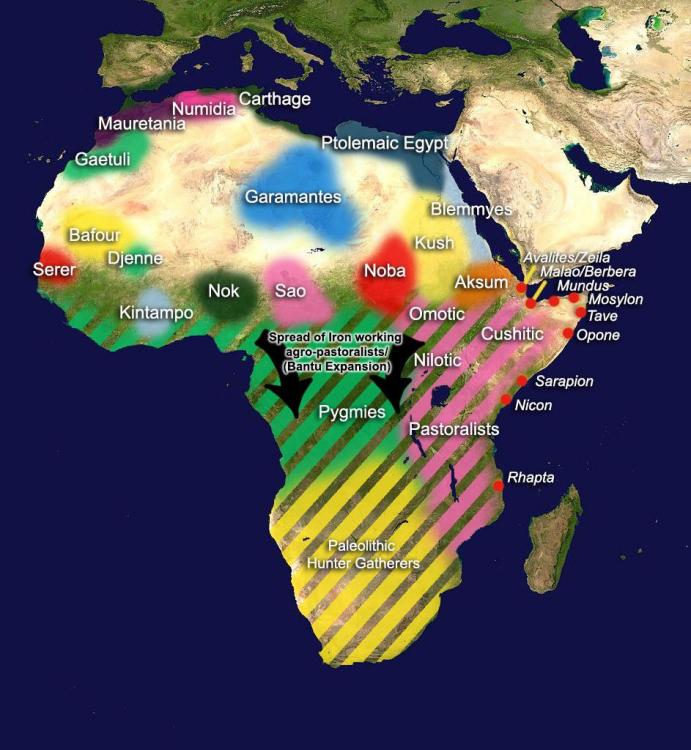

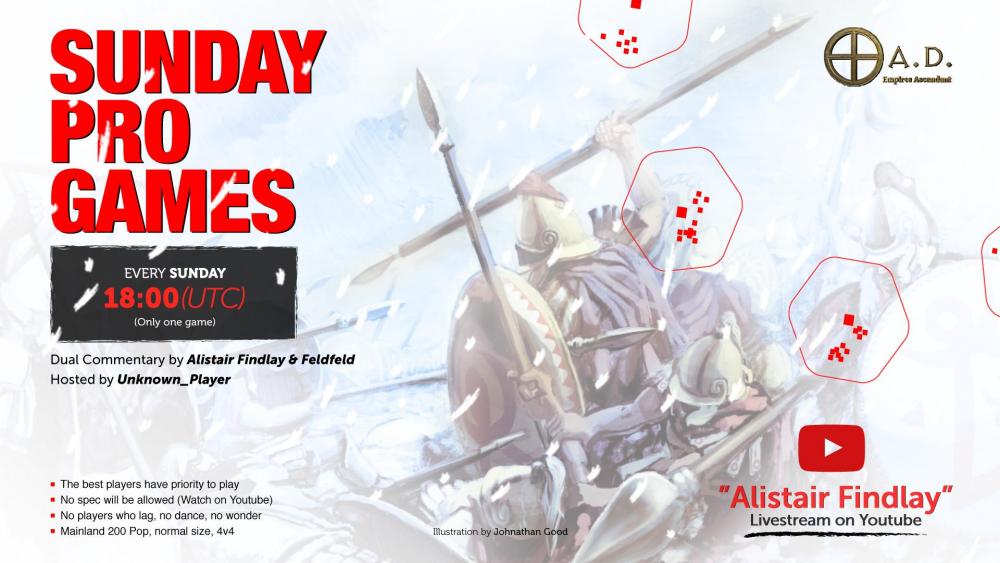
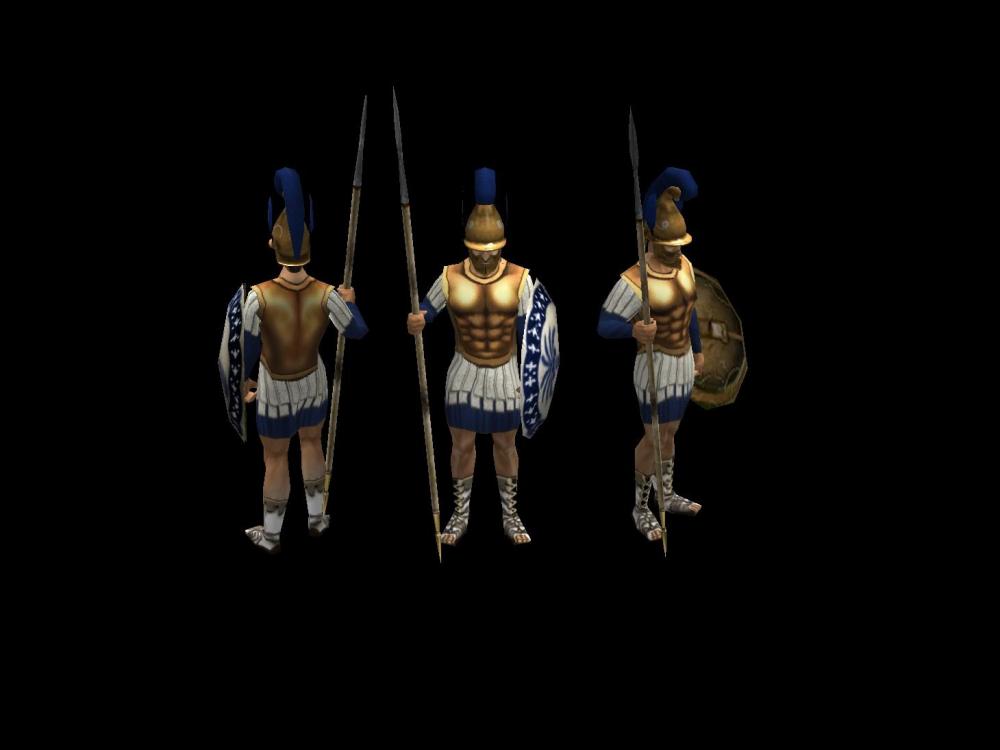
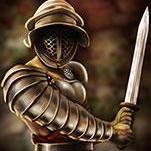
.thumb.png.ce58cea22940c255f5b0a735d5abee36.png)



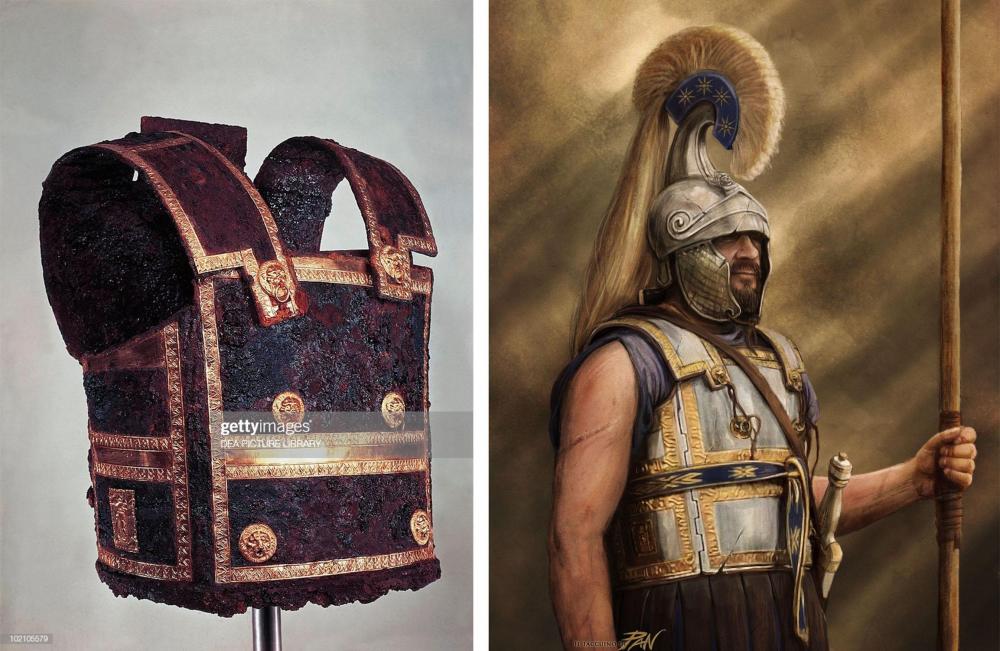
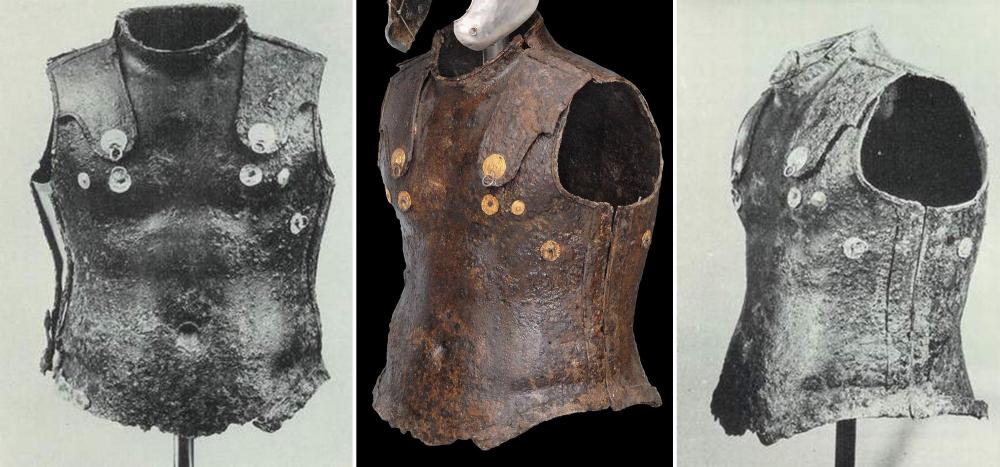
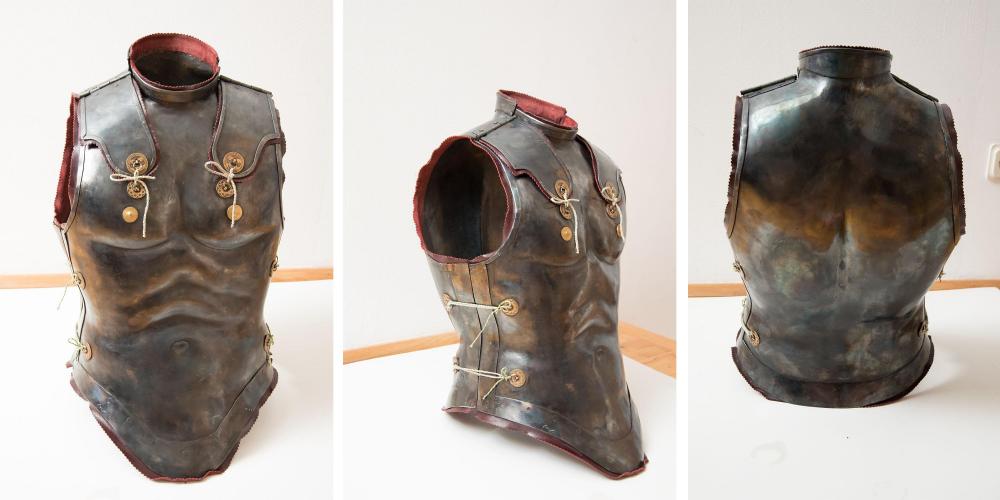
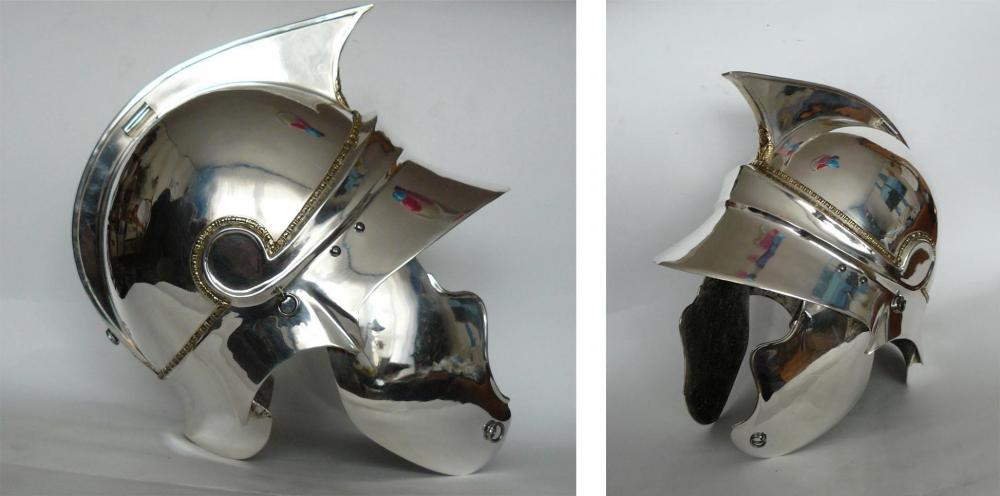
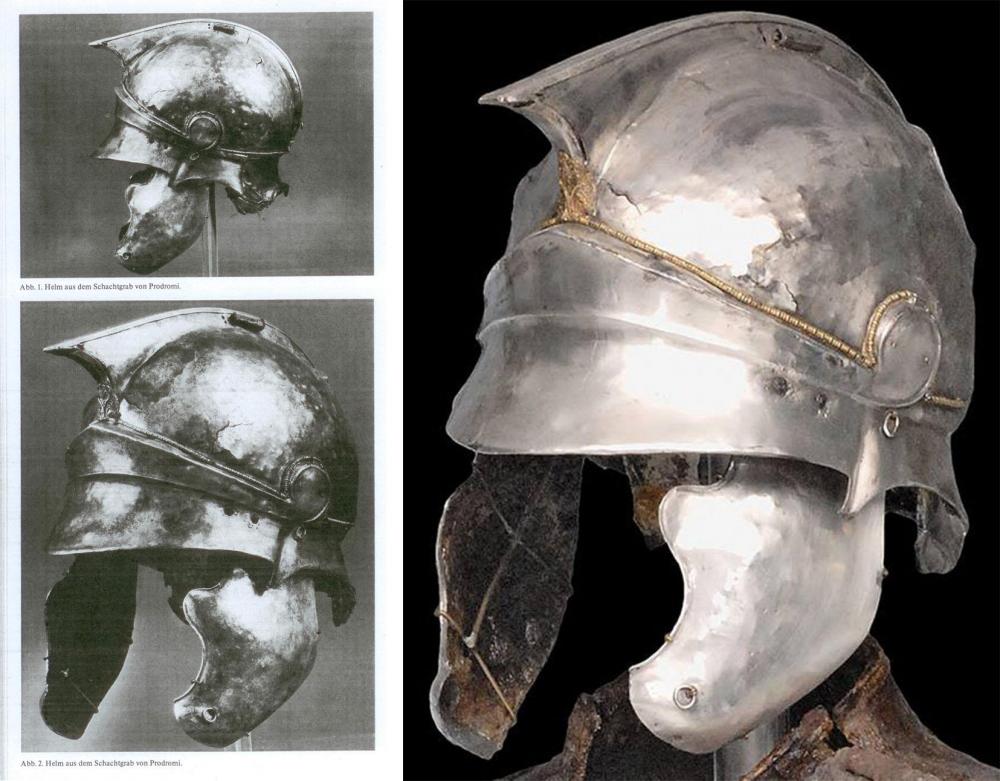
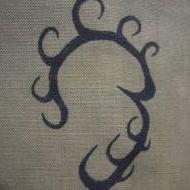
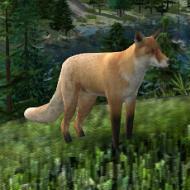
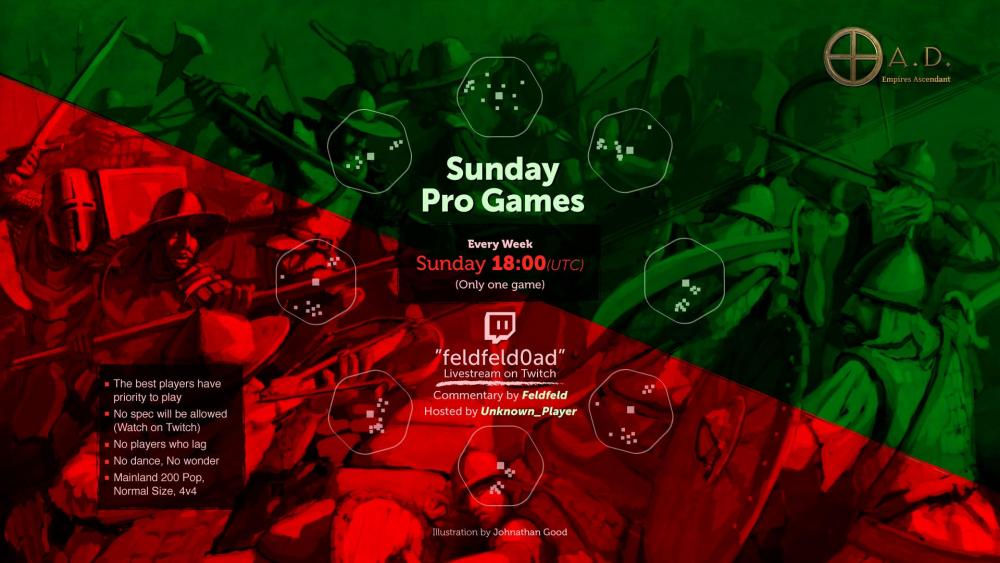
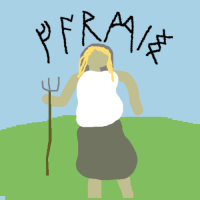
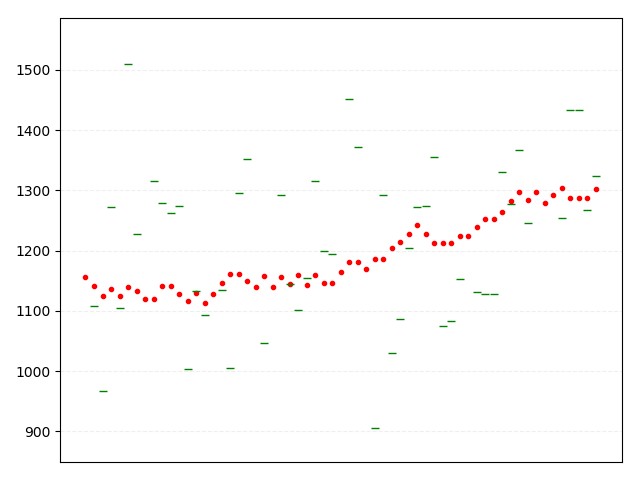


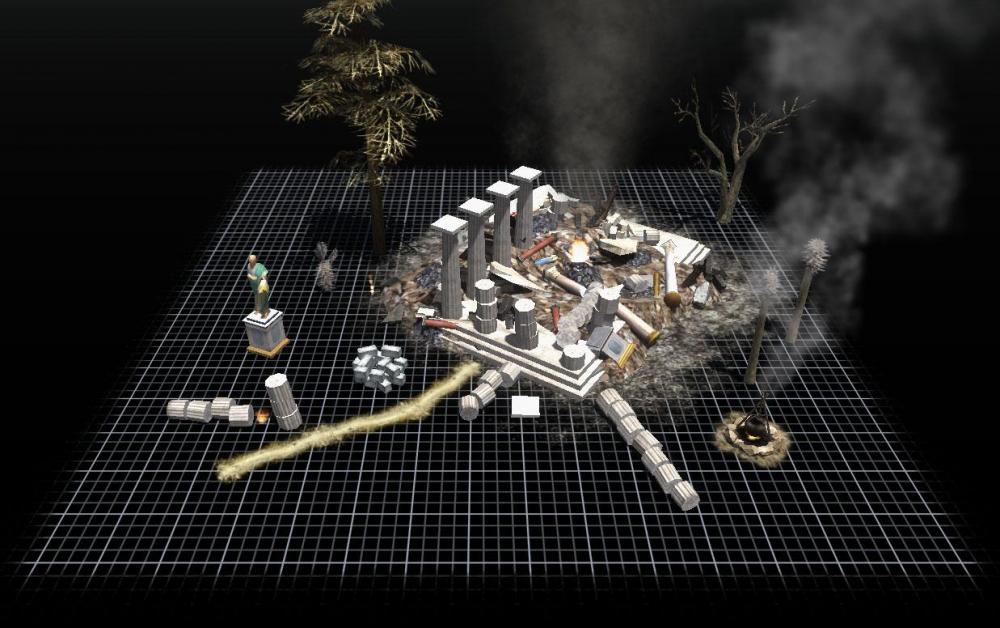
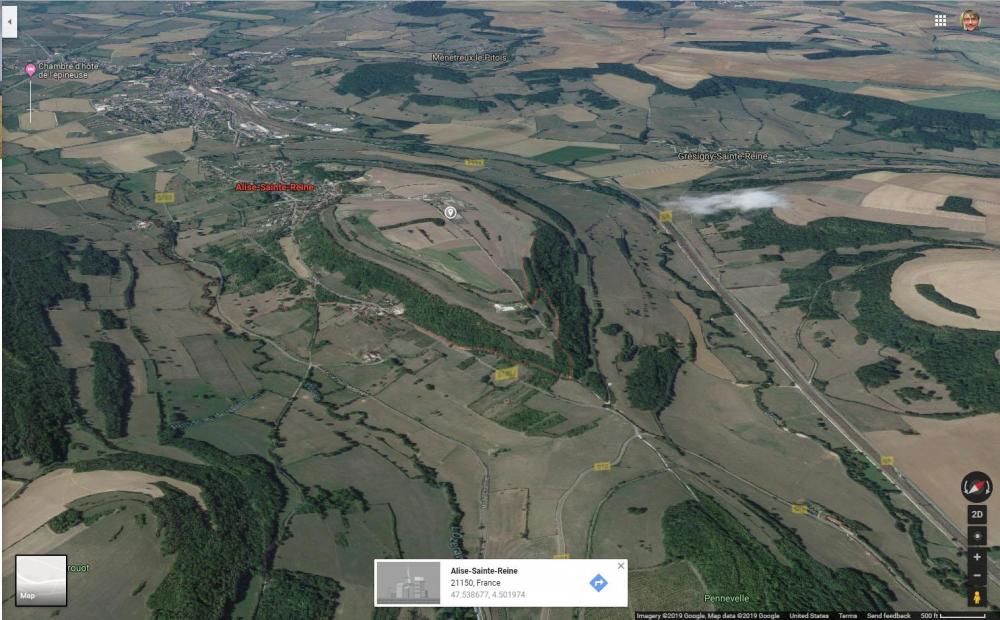
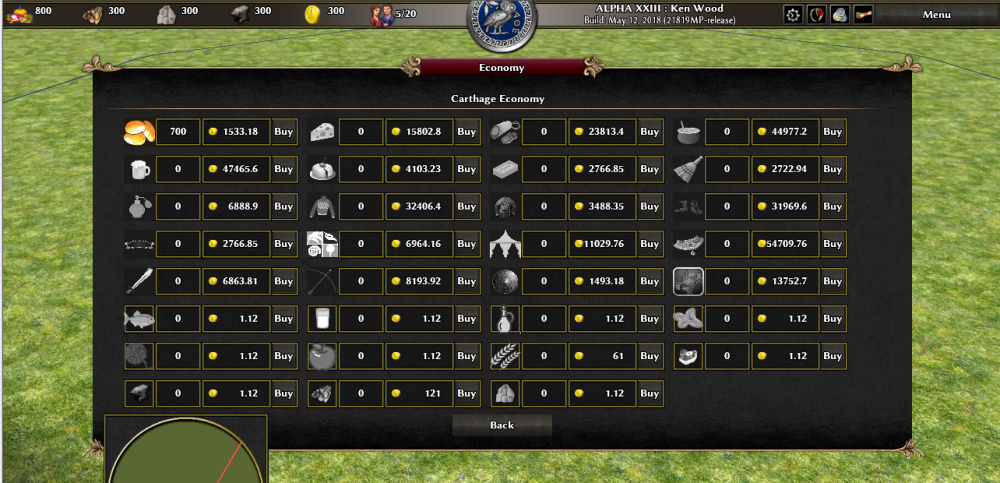

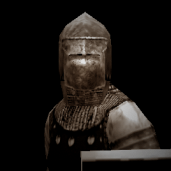
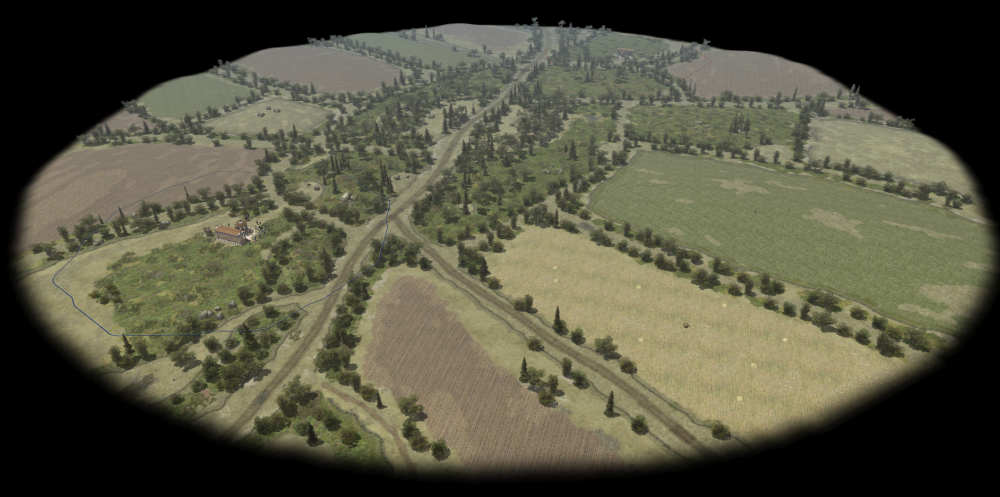
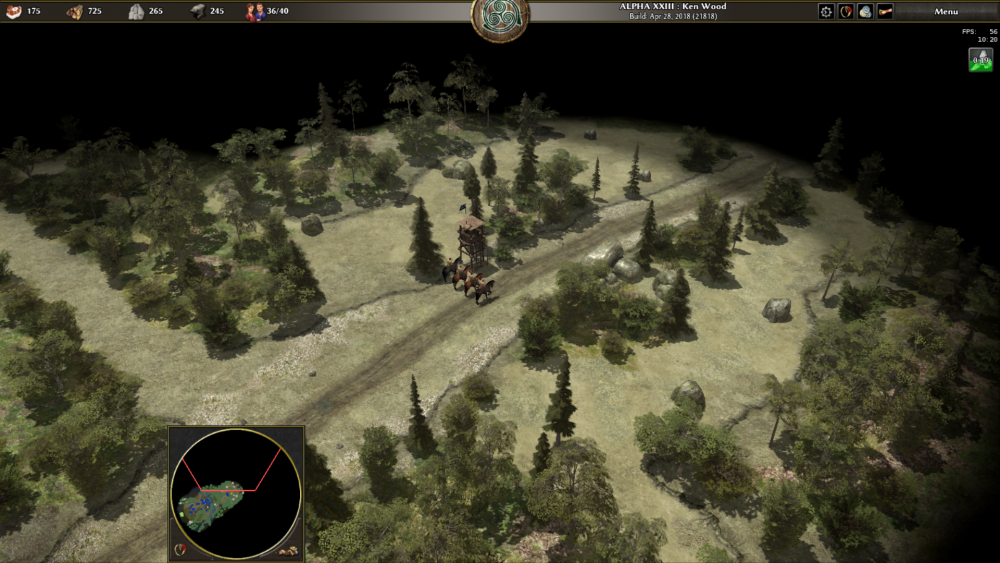
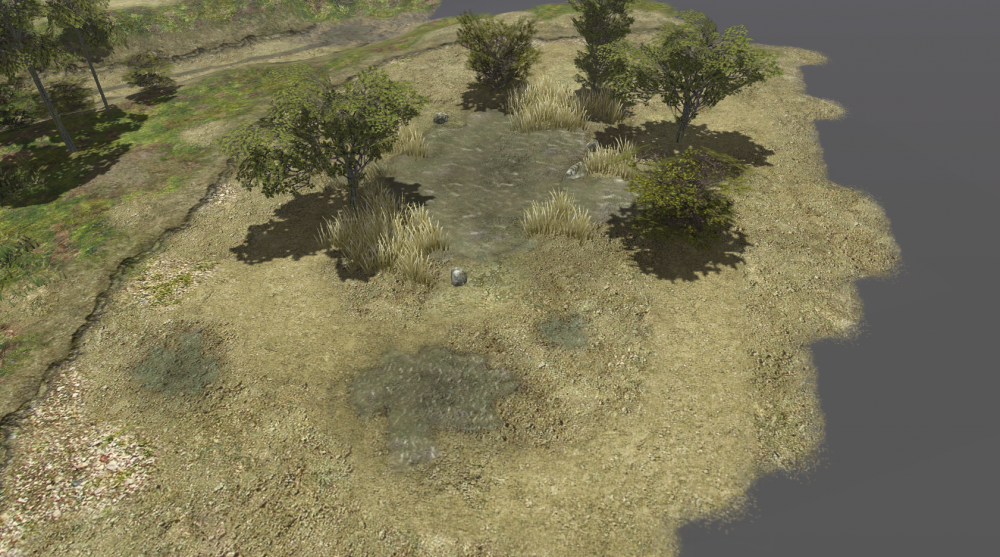
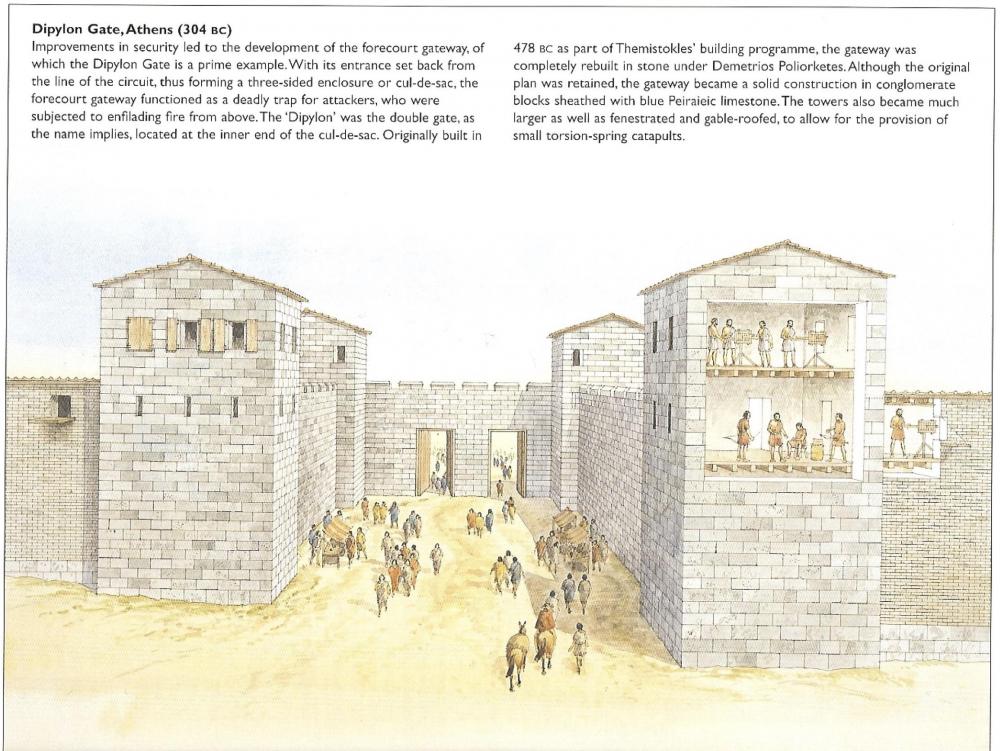
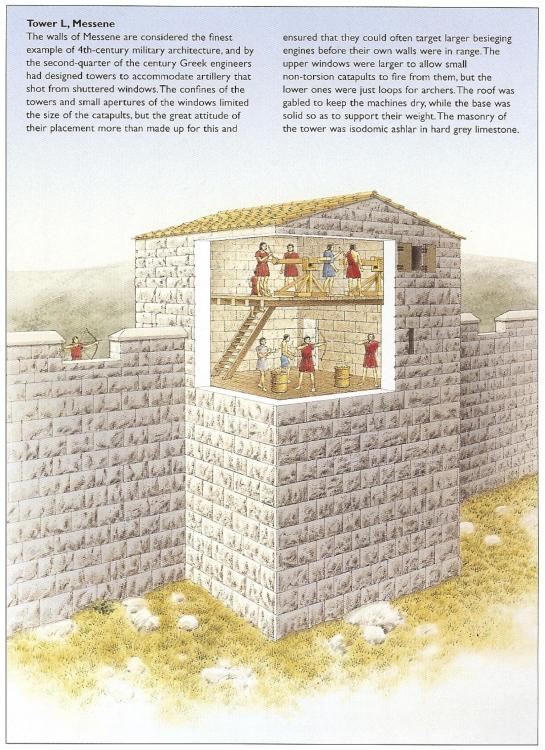
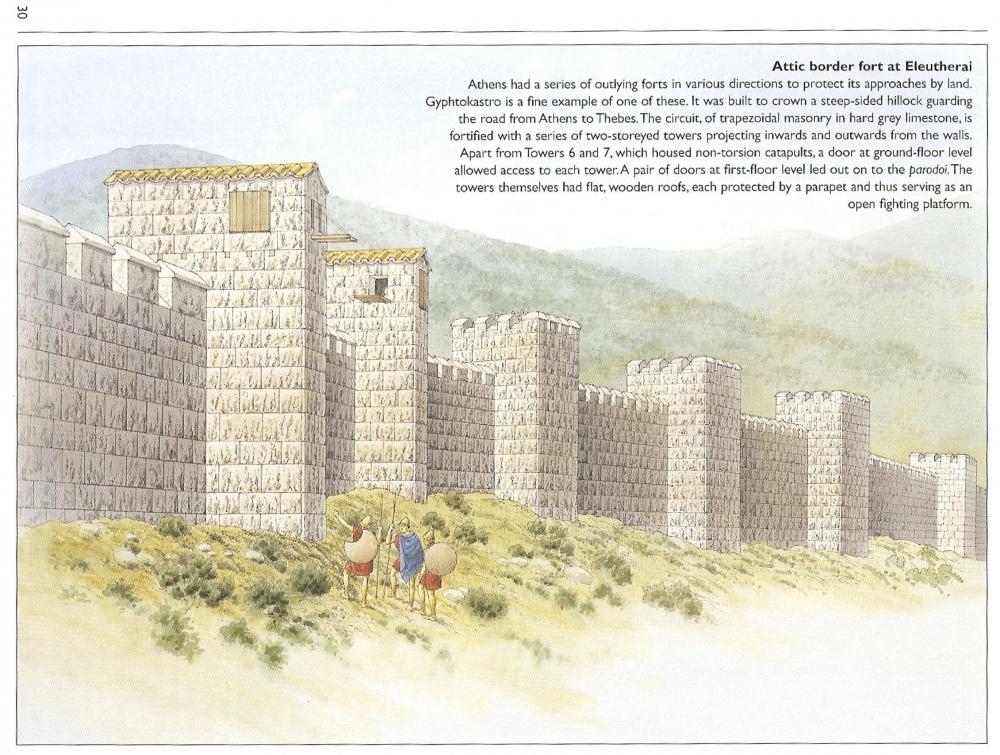
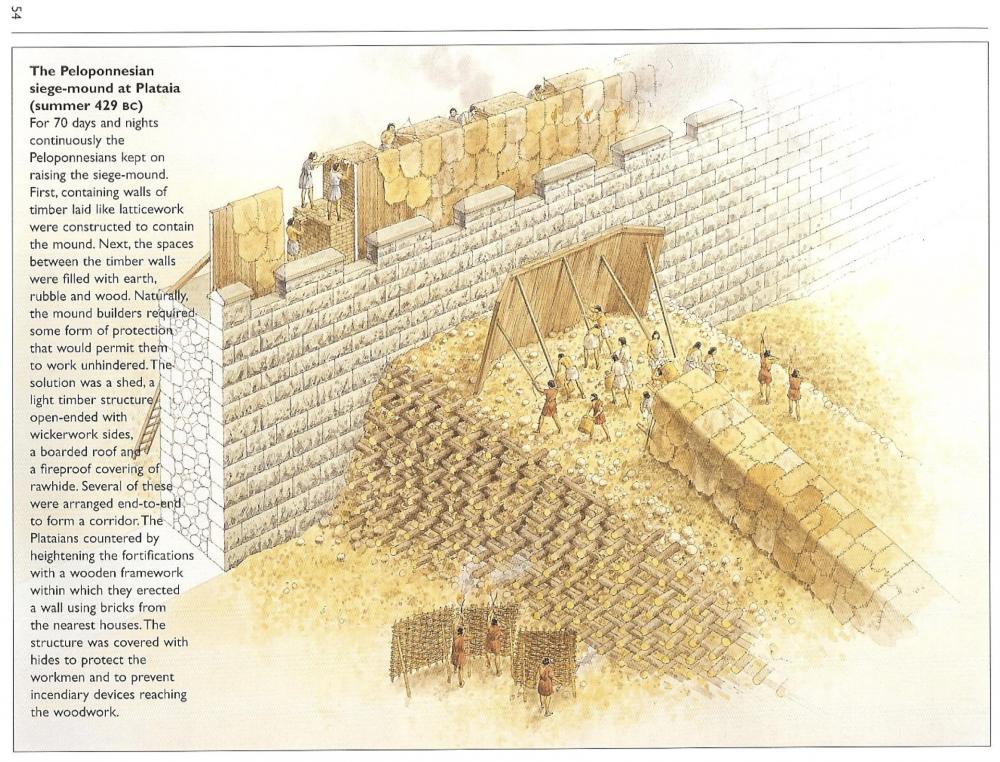
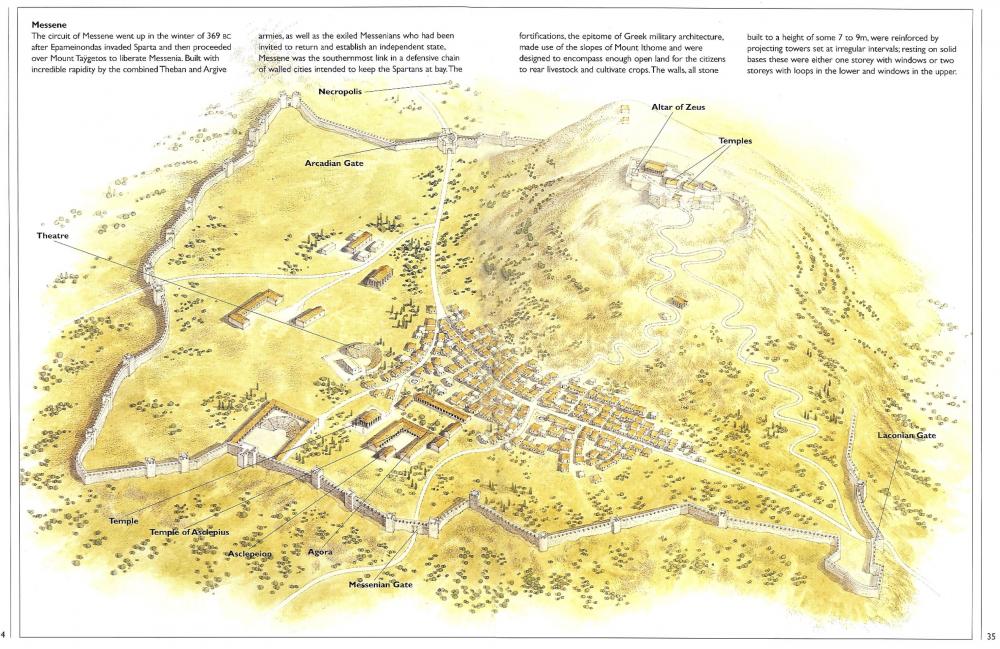
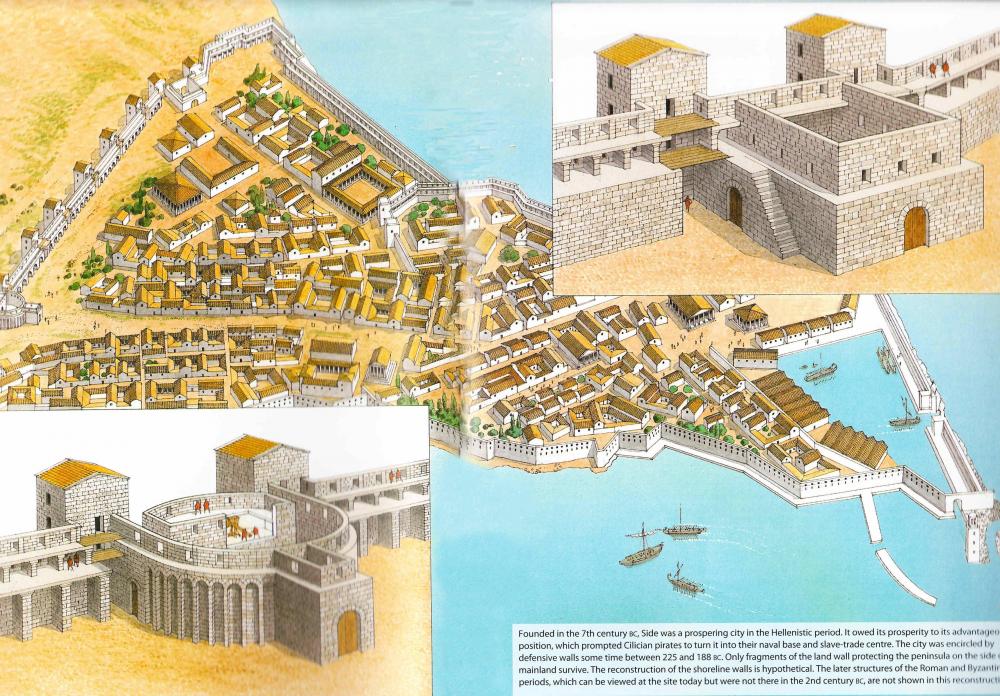
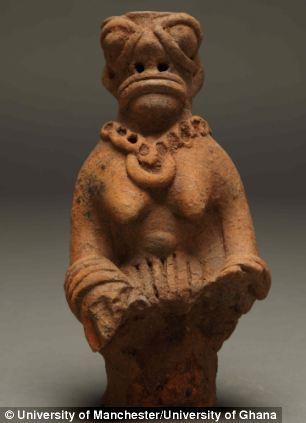
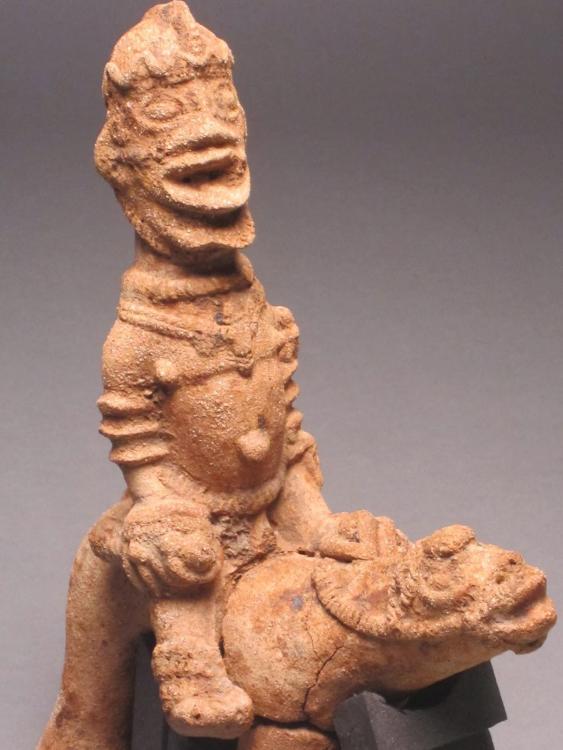
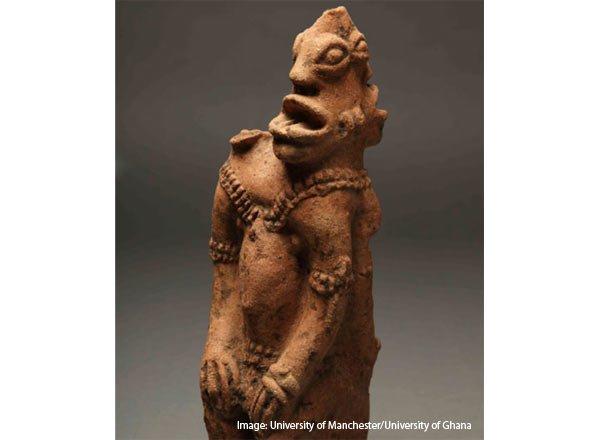
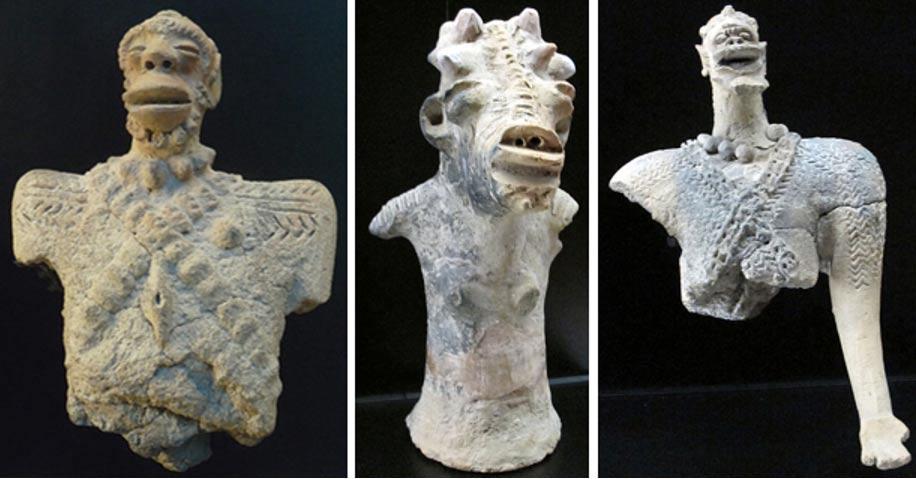
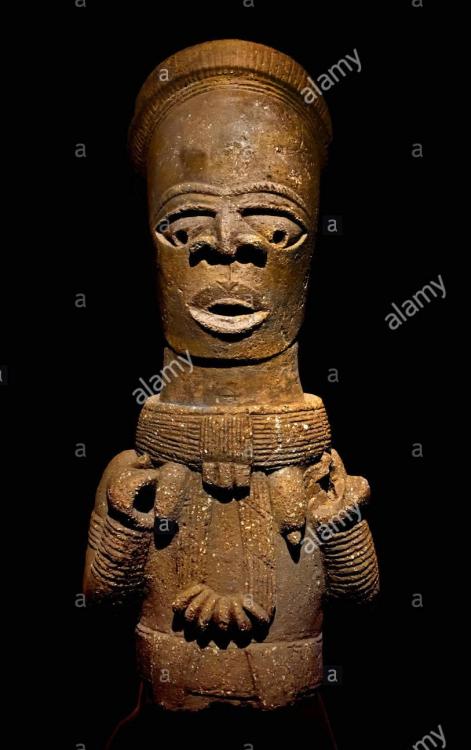
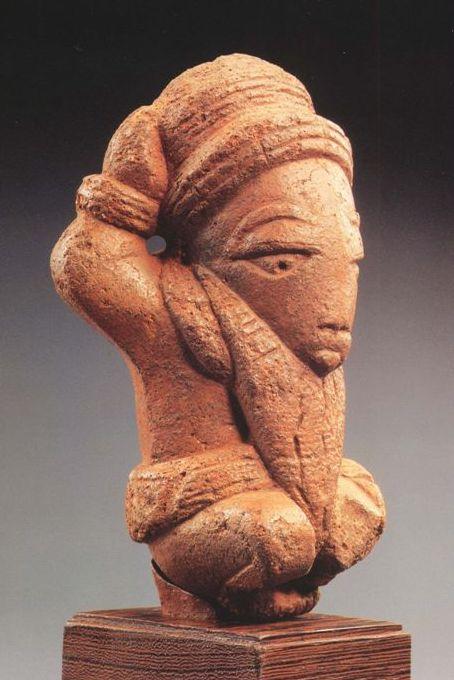
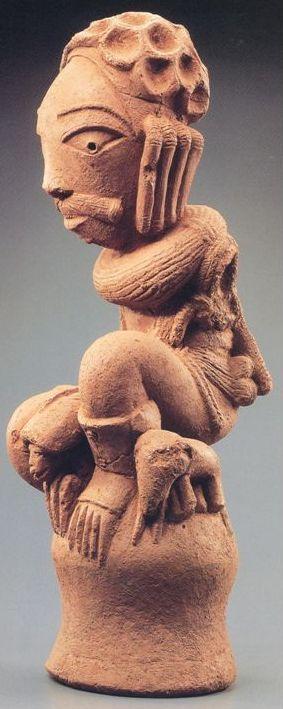
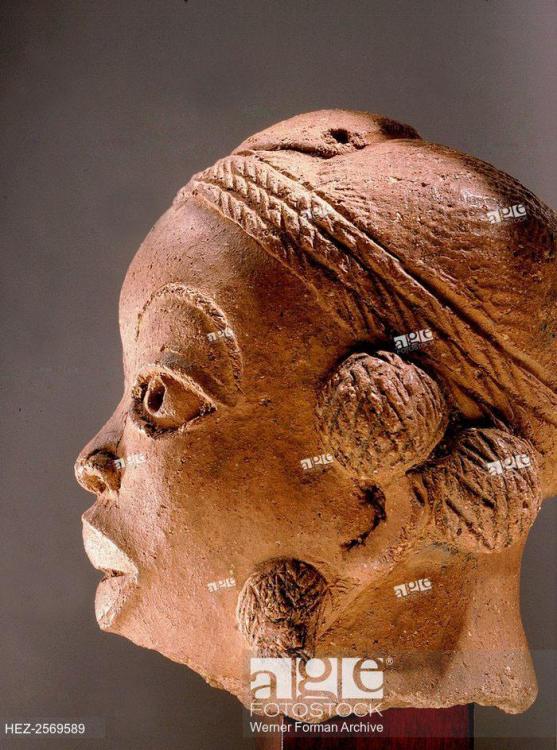
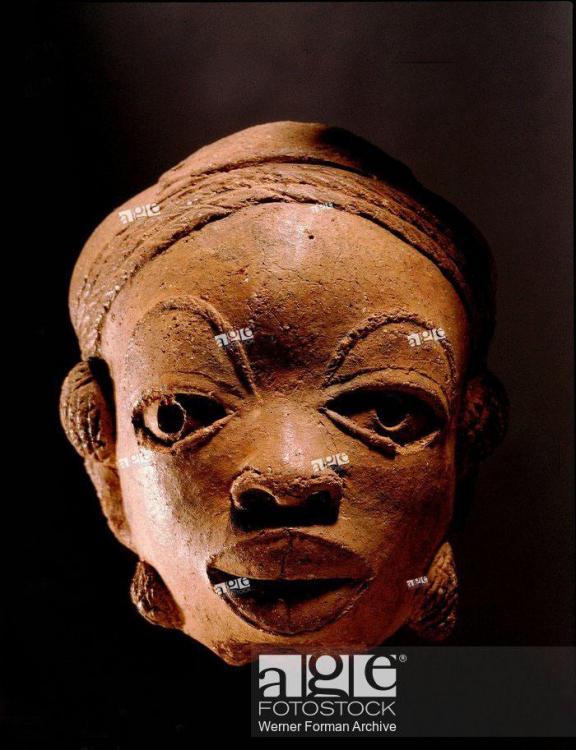
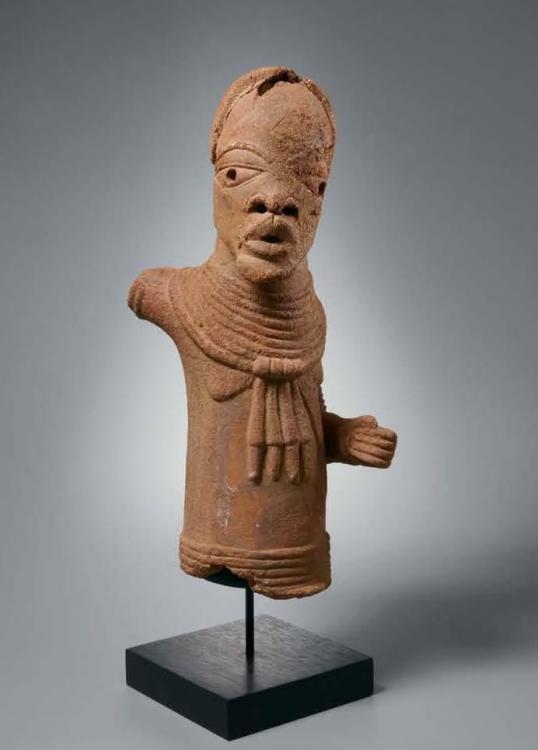
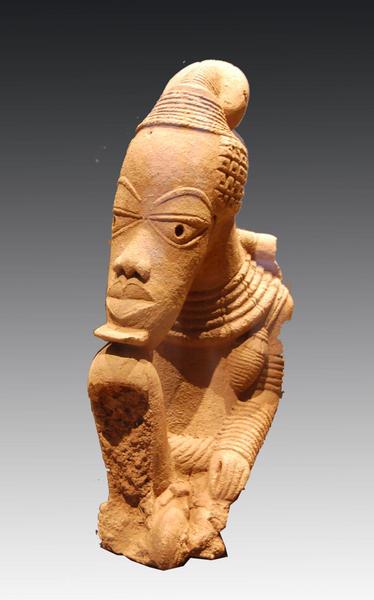
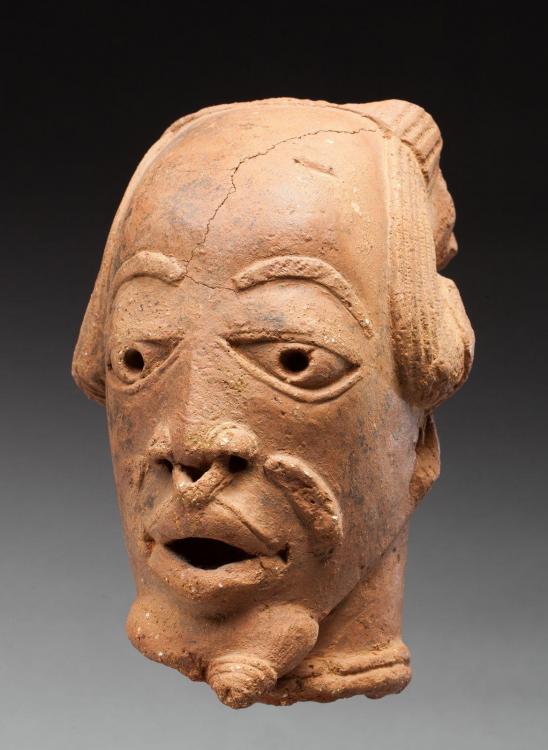
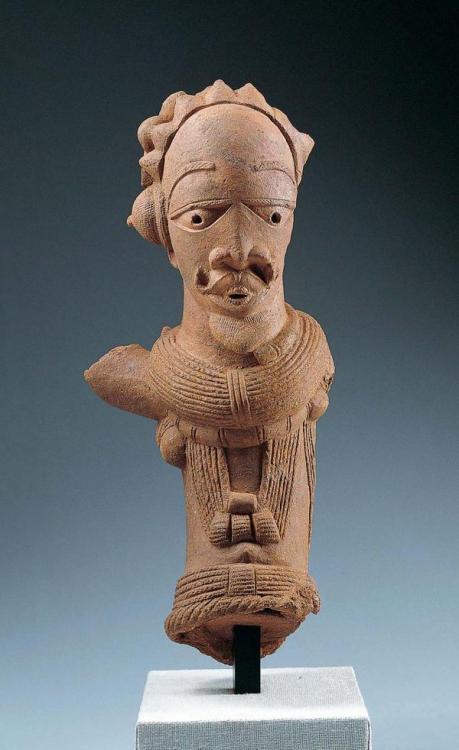
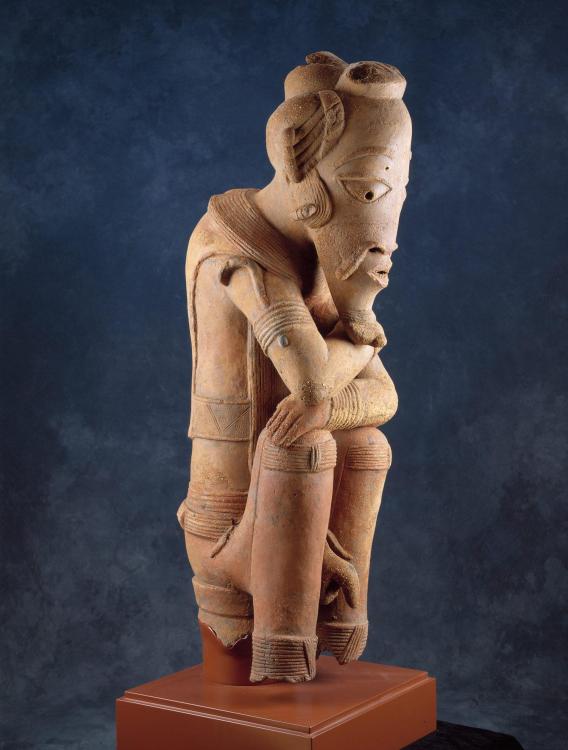
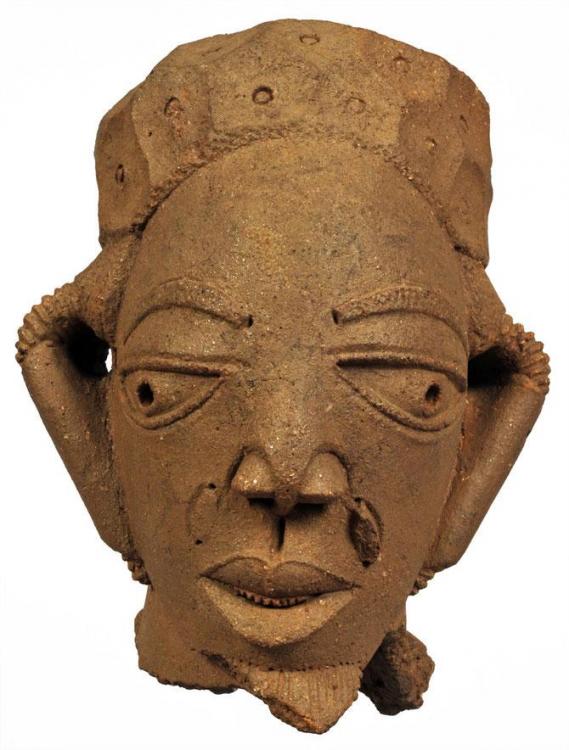
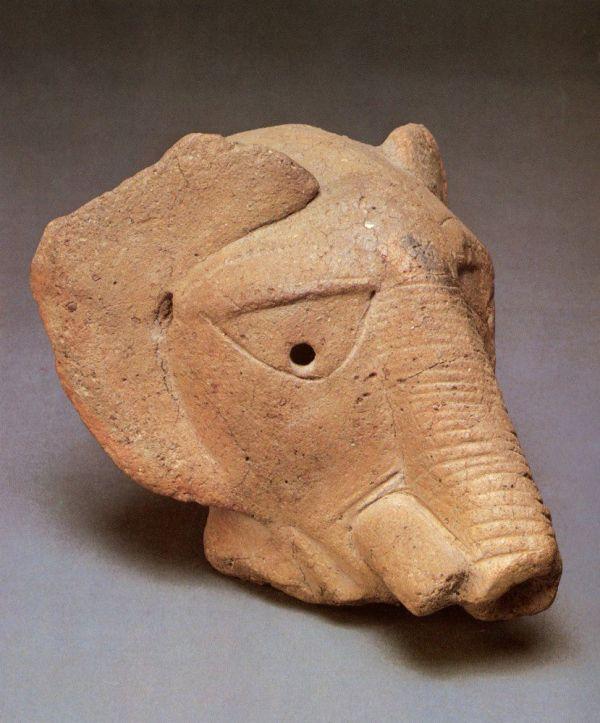
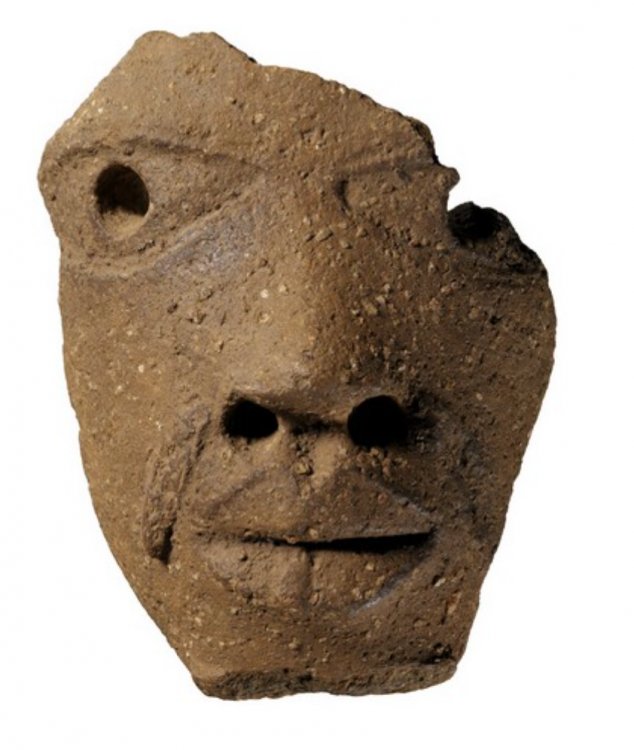
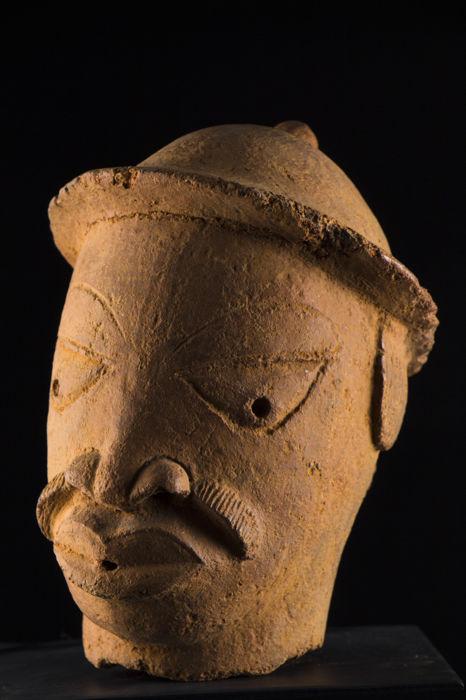
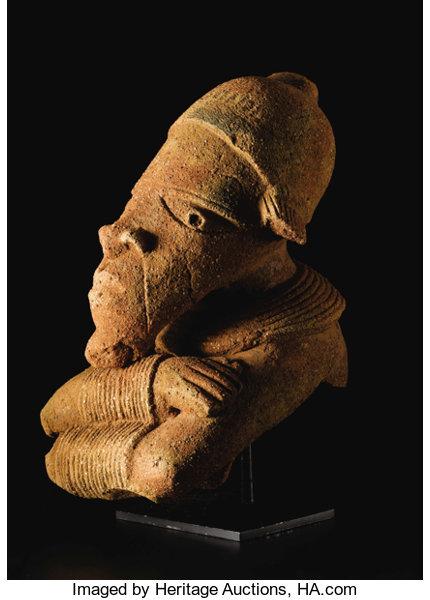
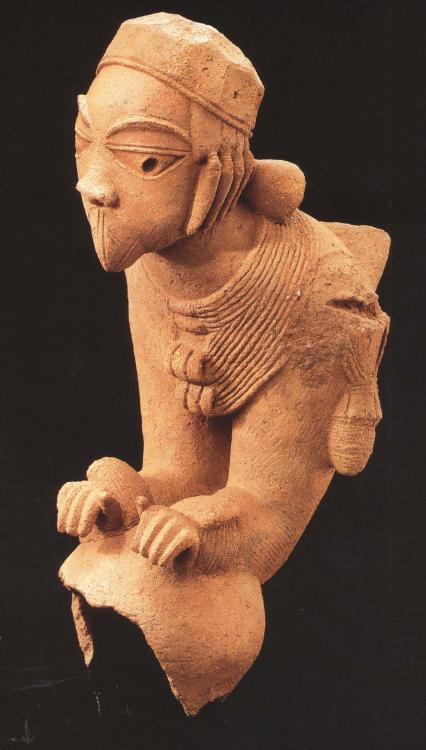
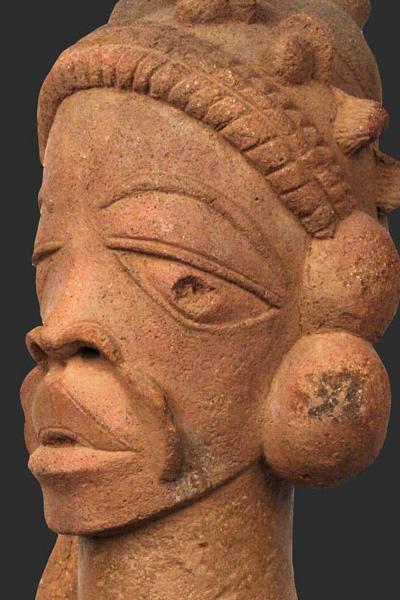
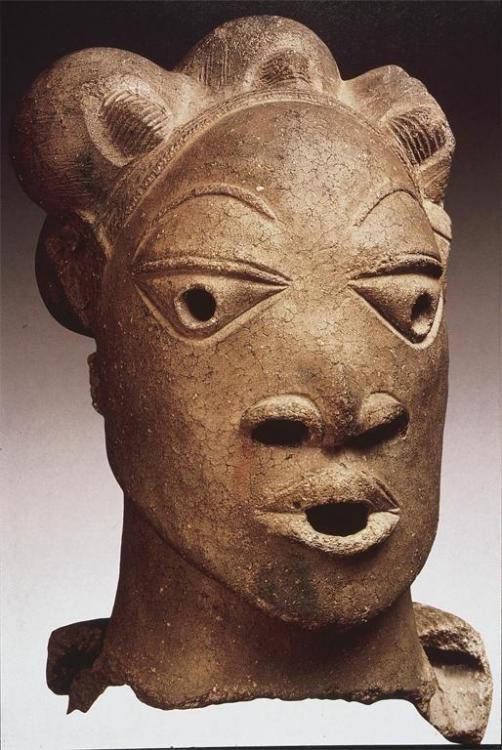
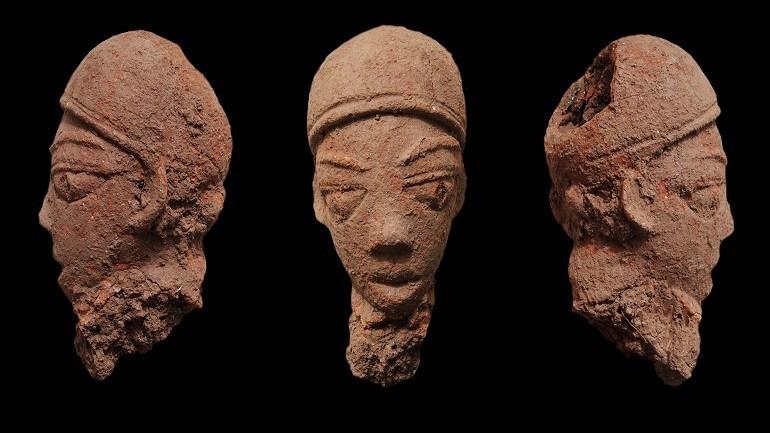
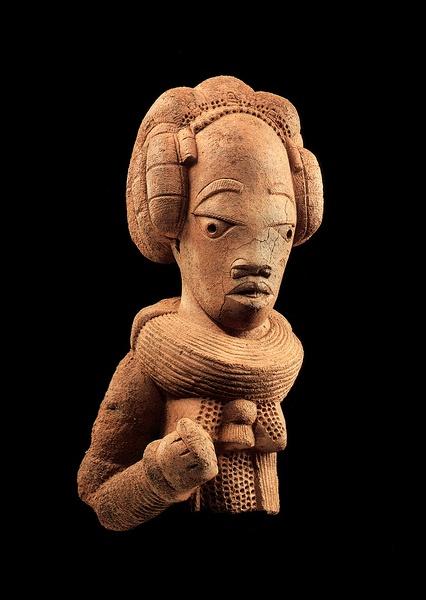
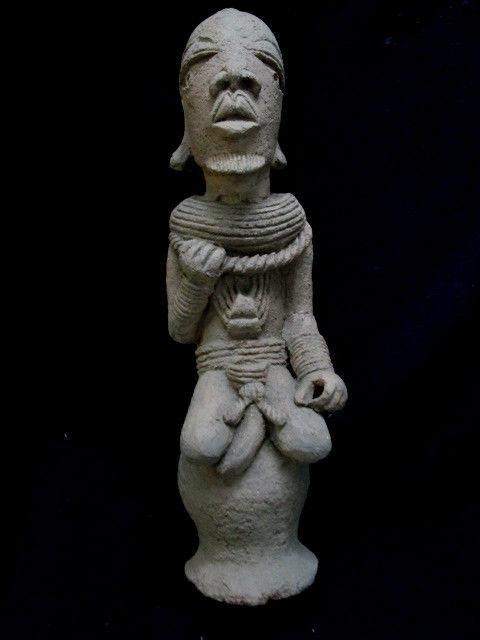
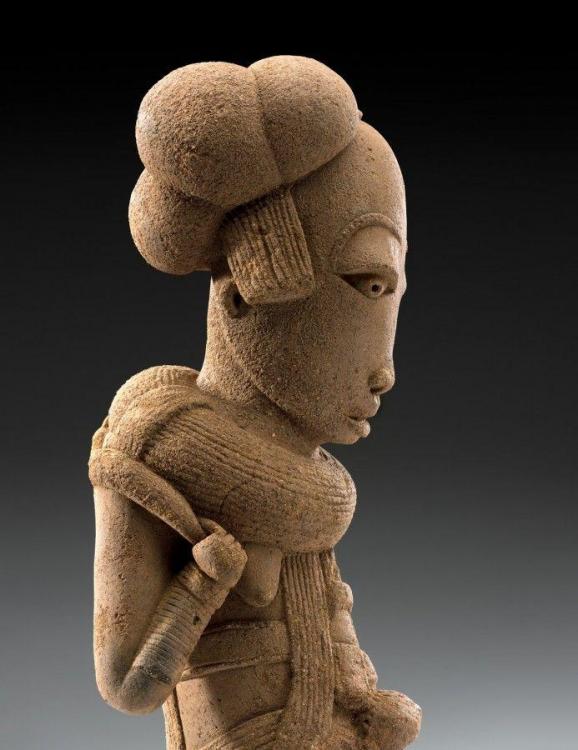
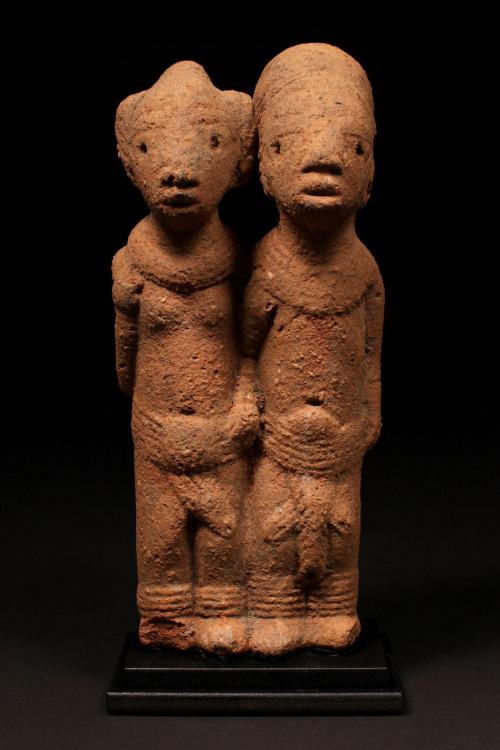
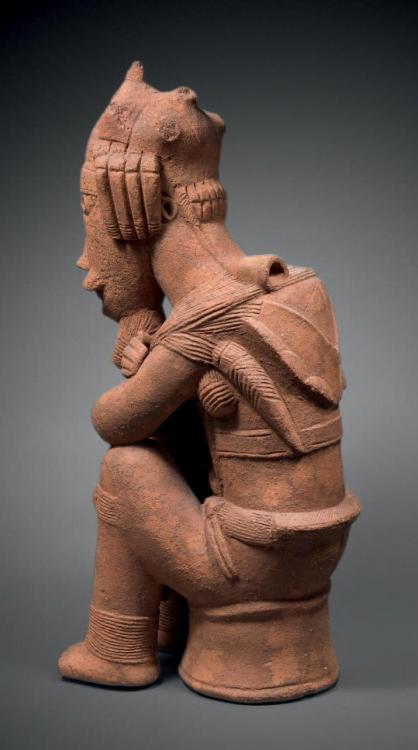
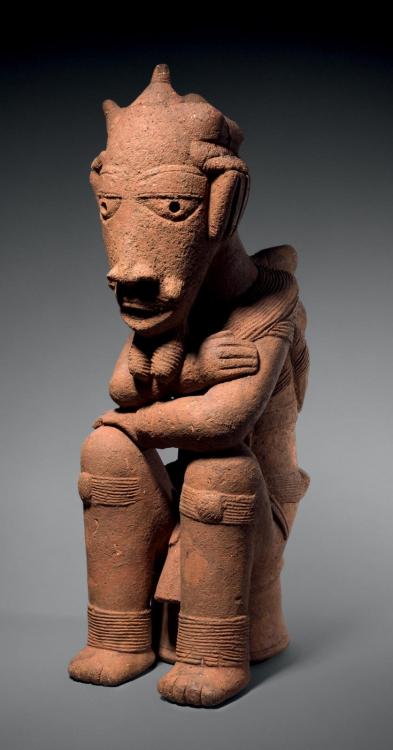
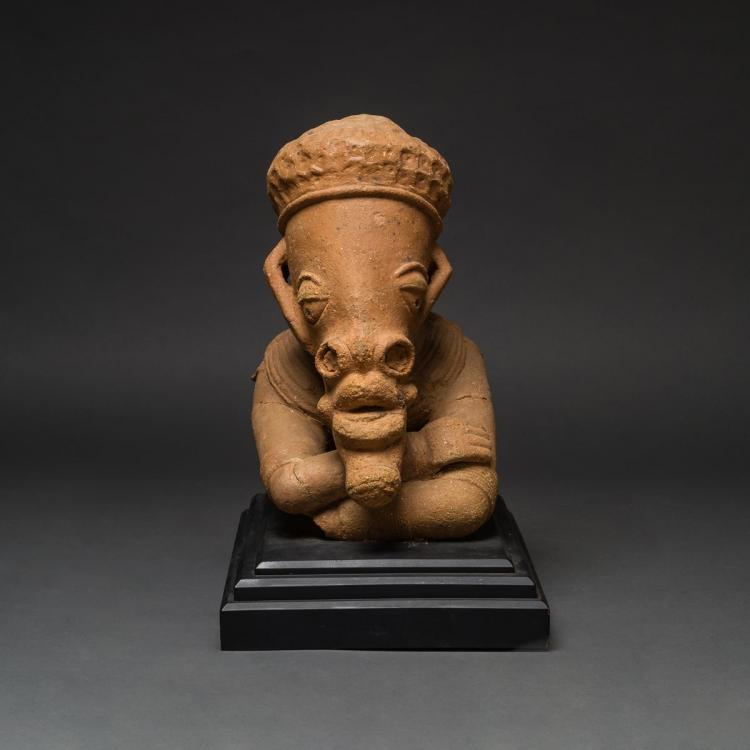
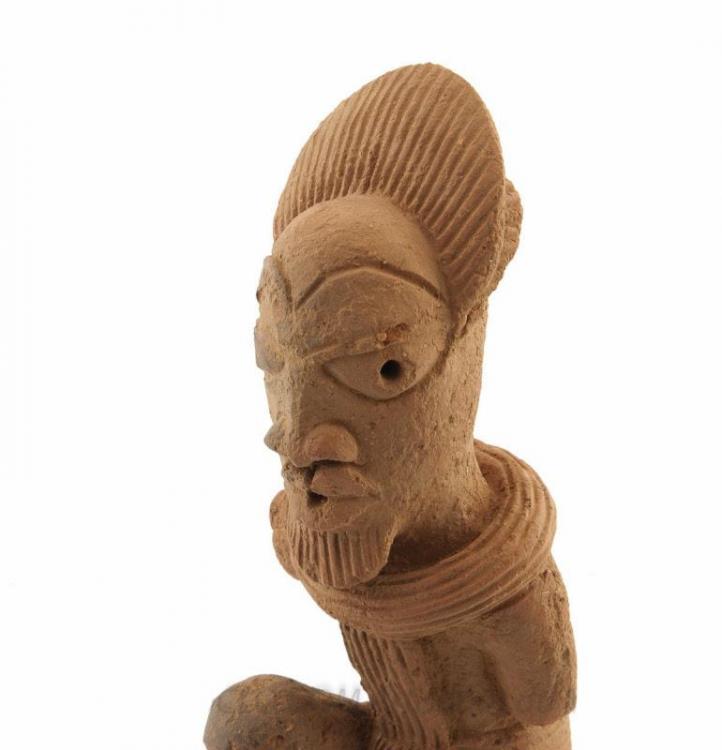
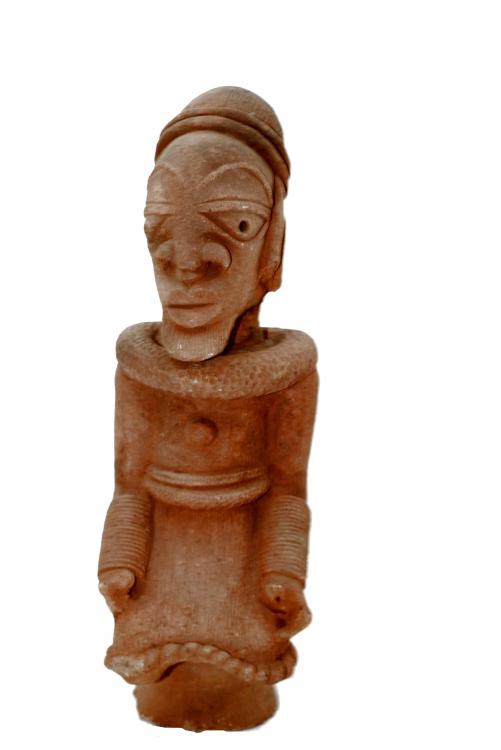
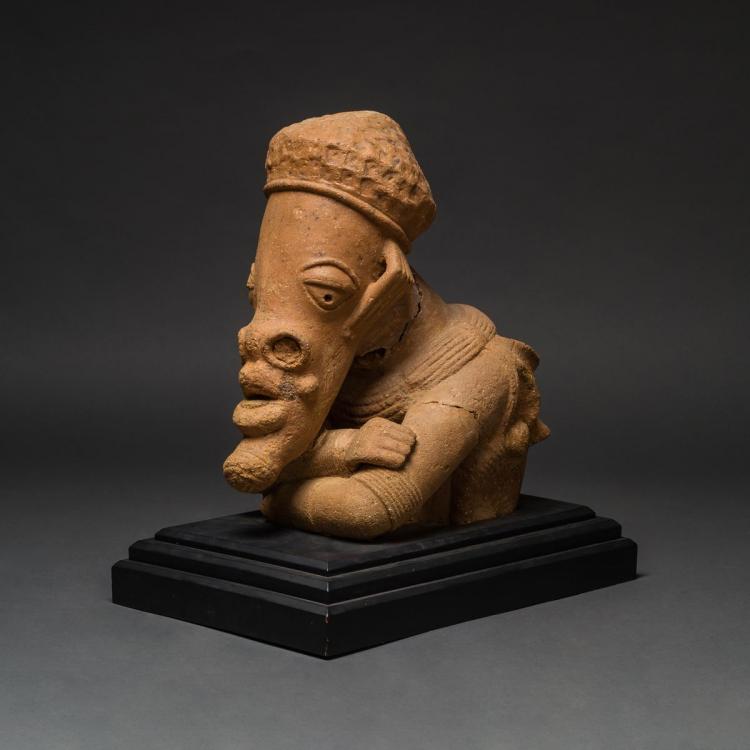
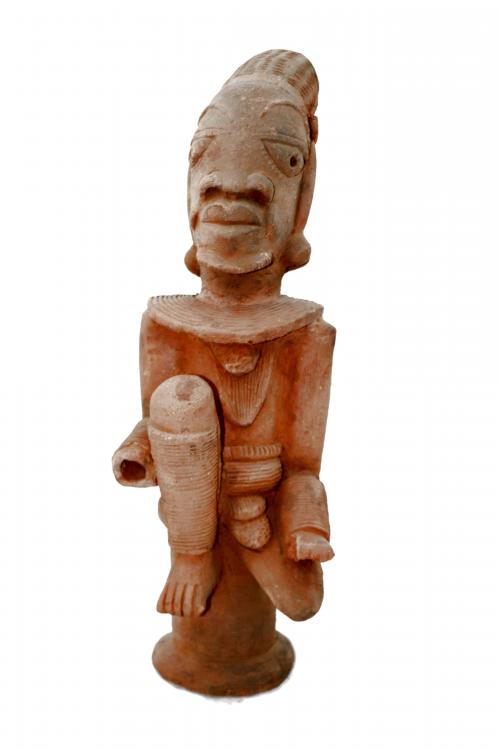
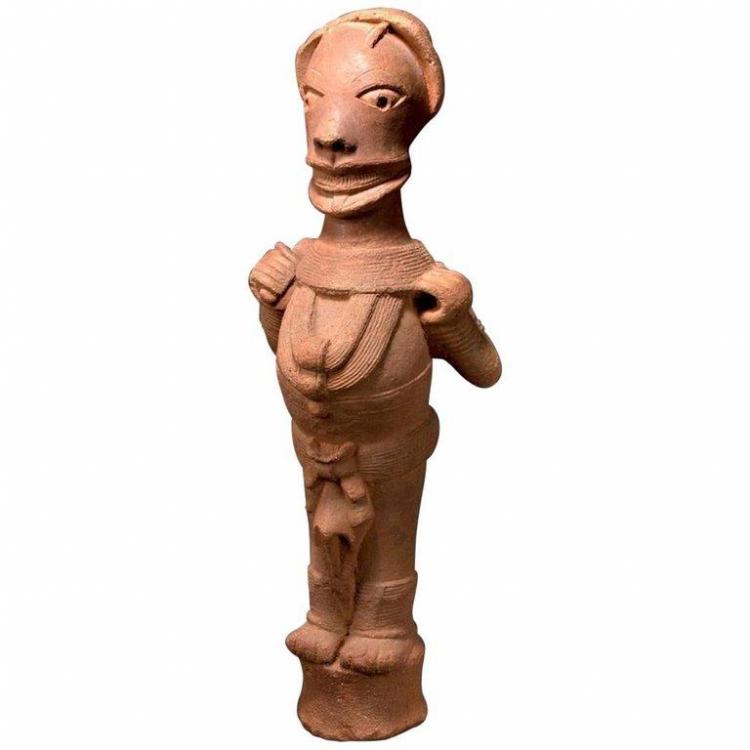
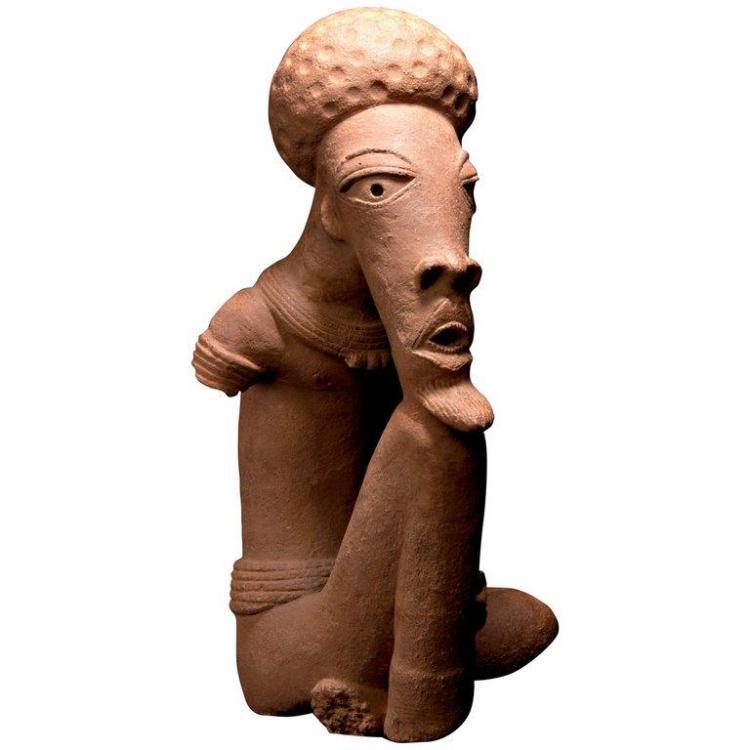
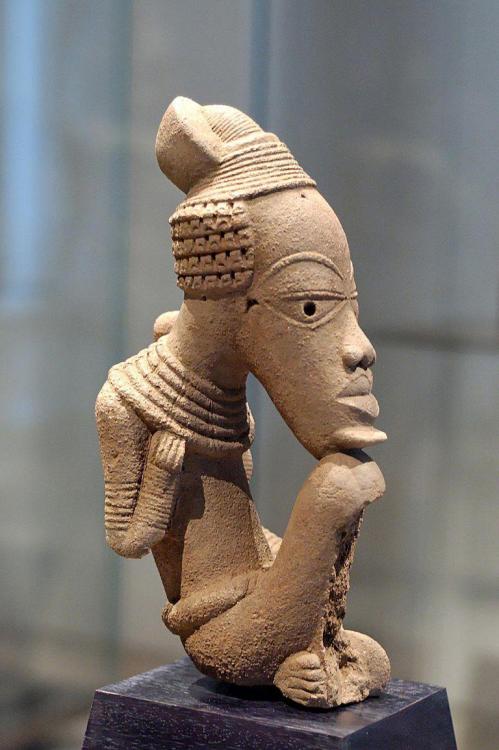
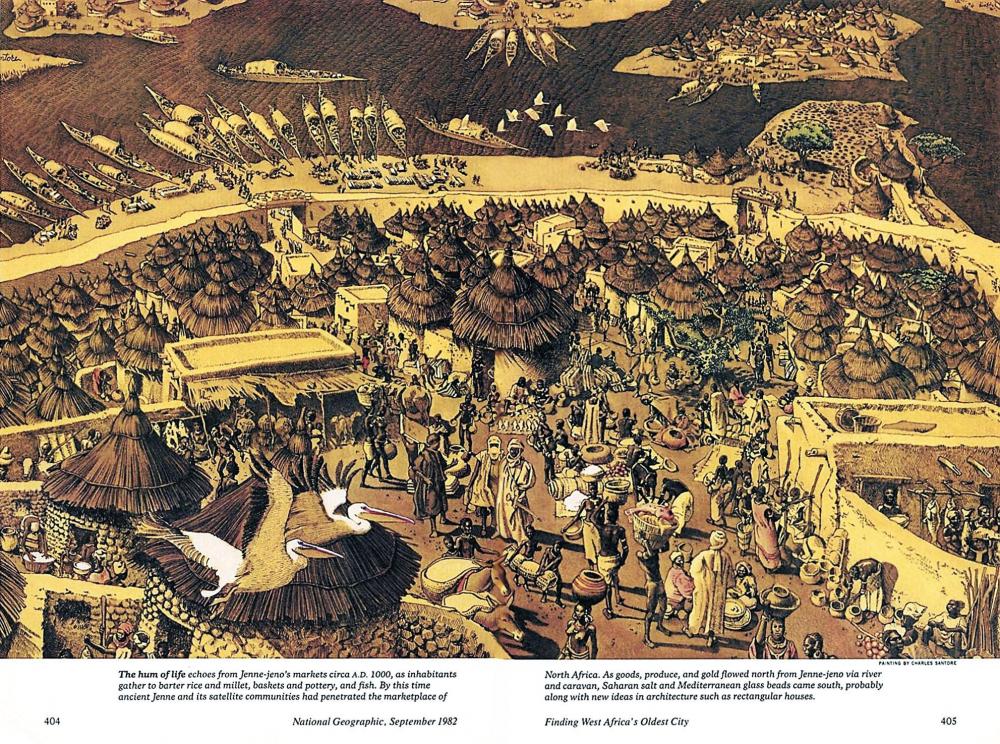
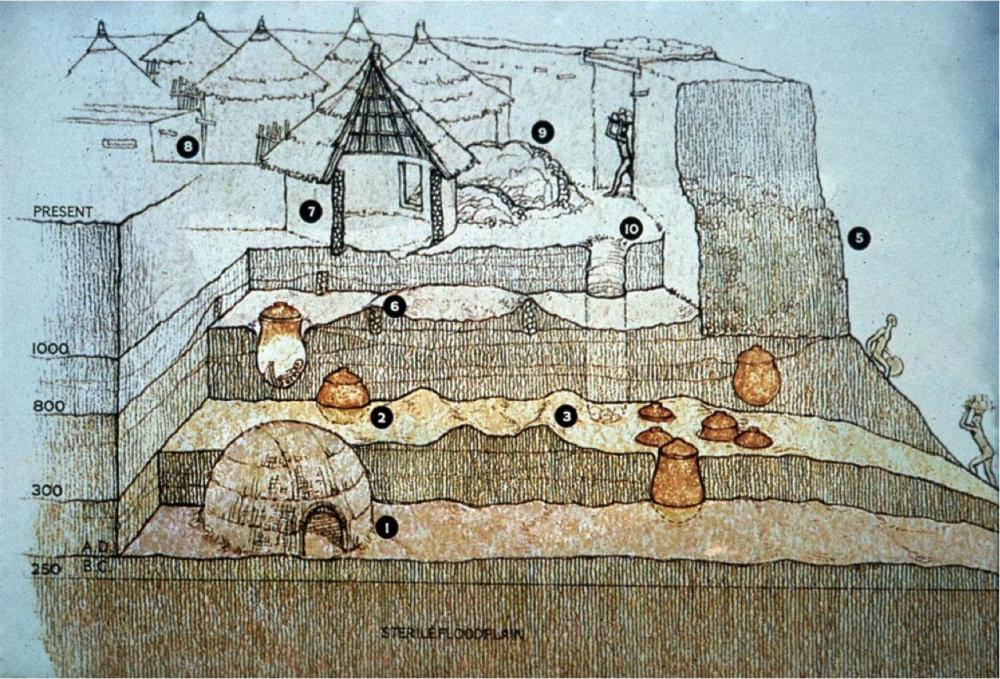
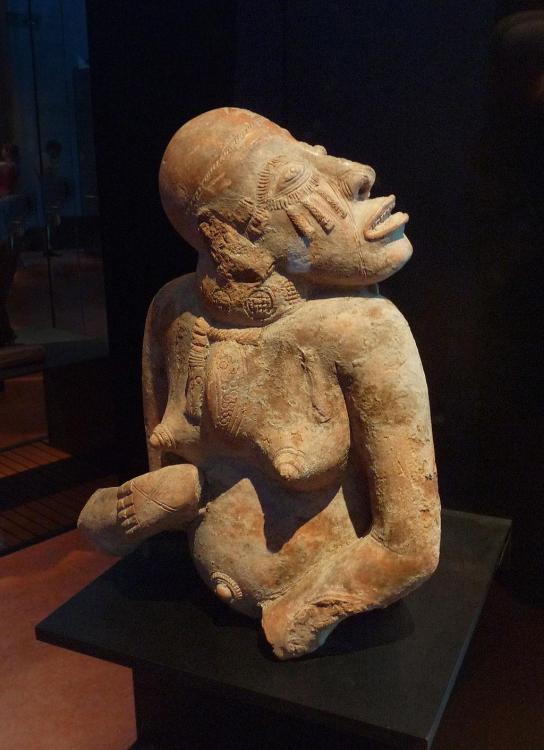
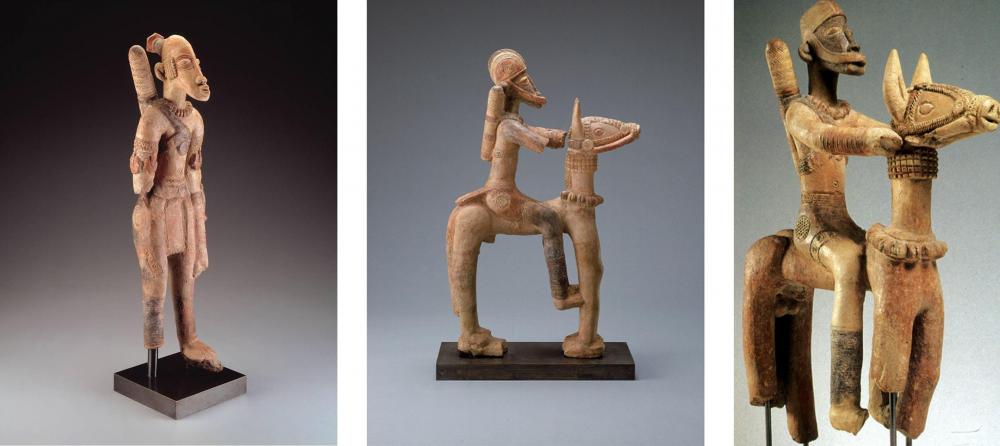
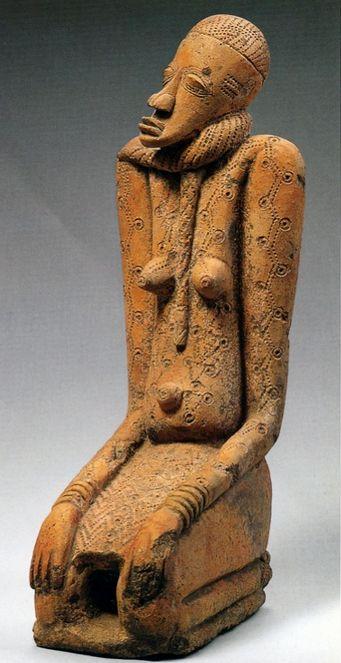
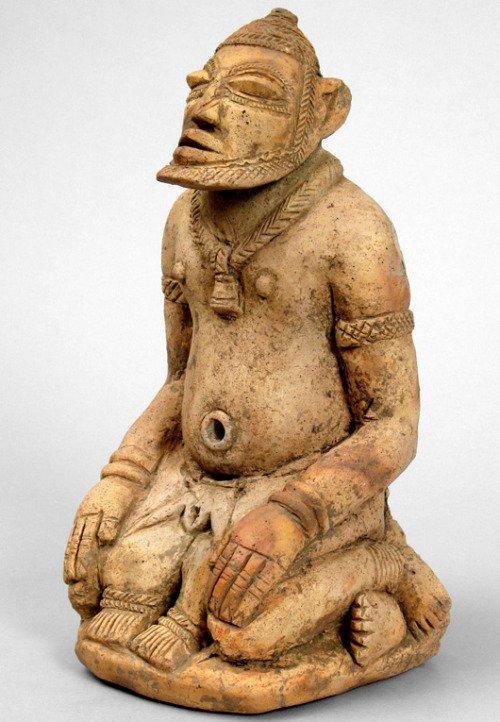
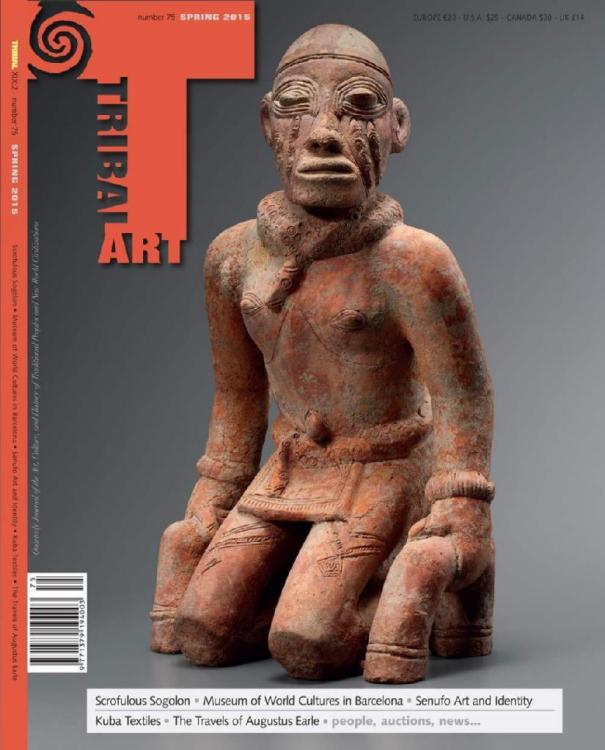
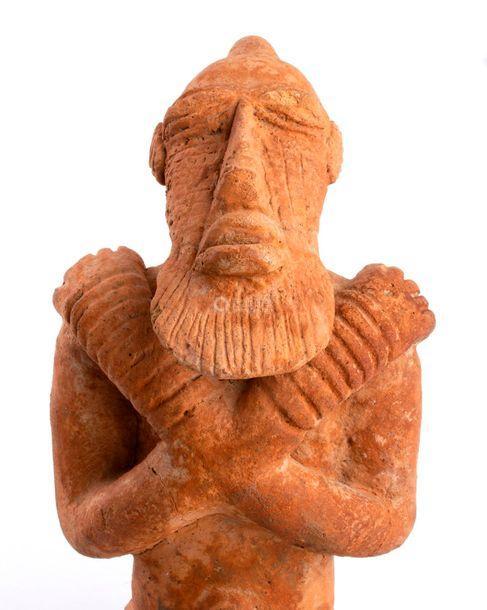
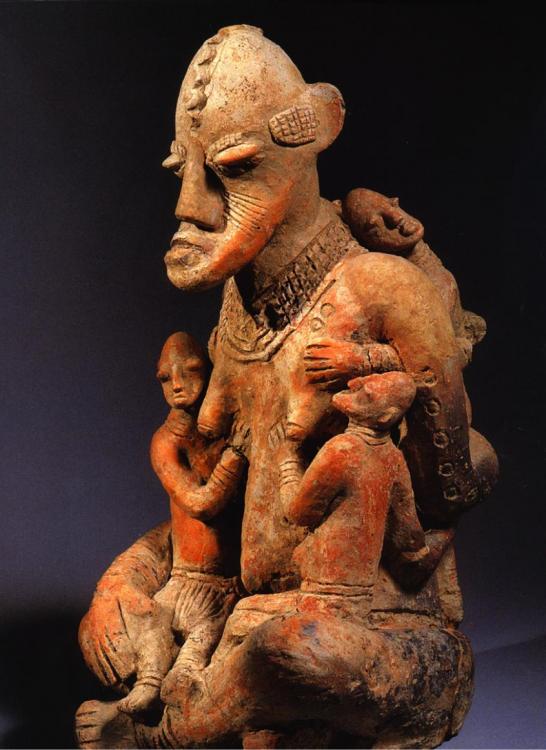
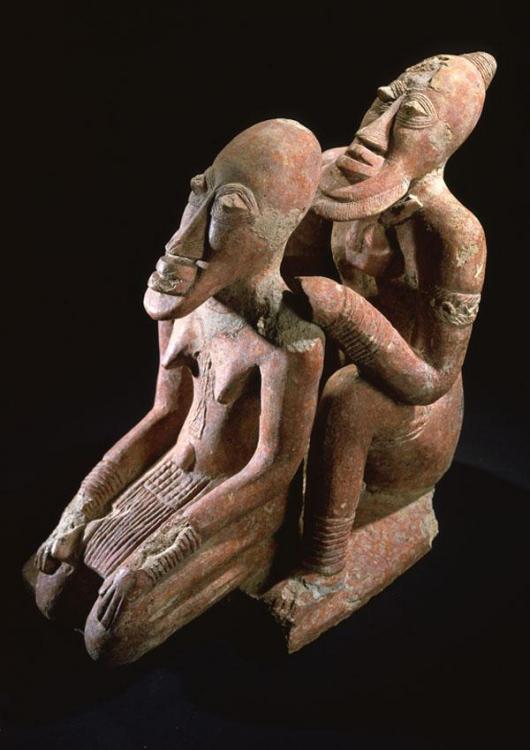
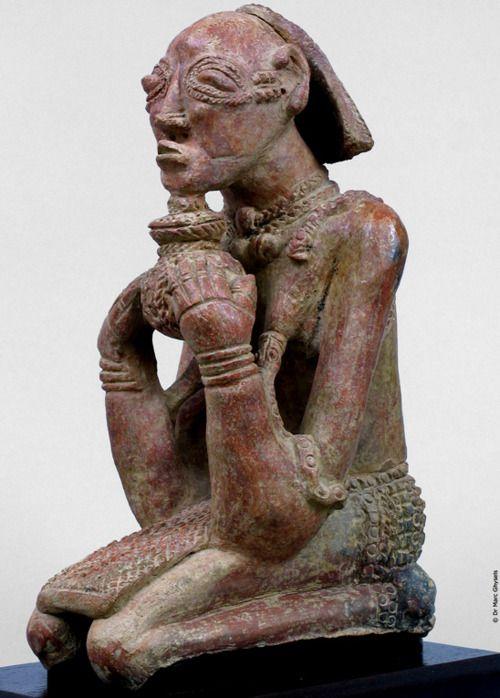
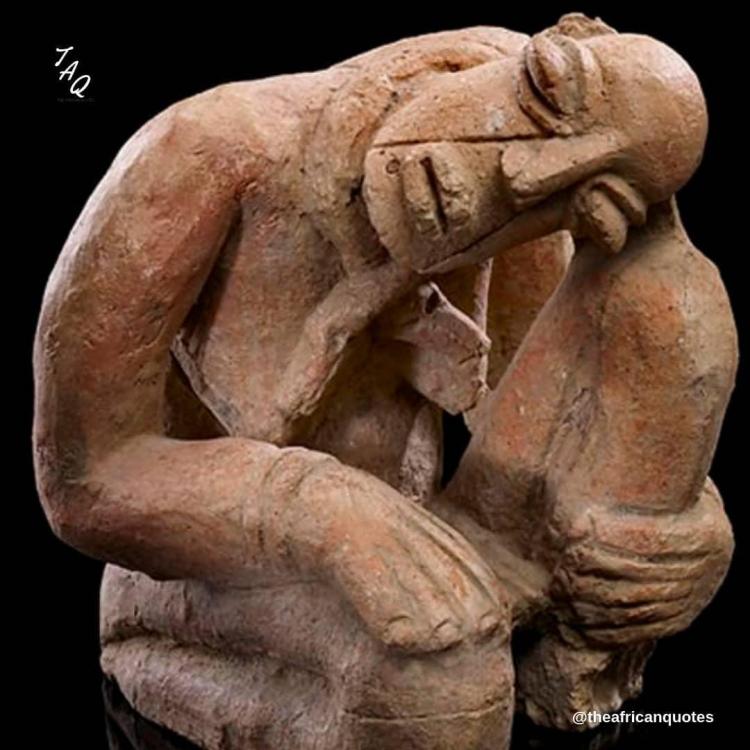
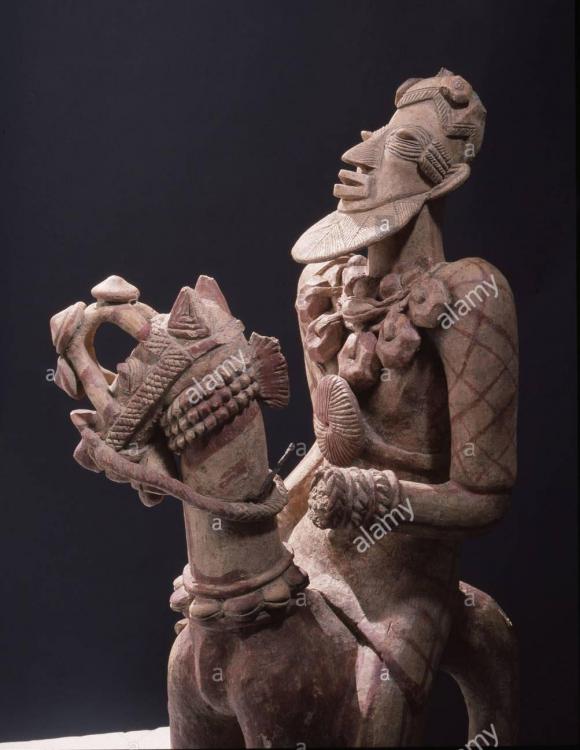
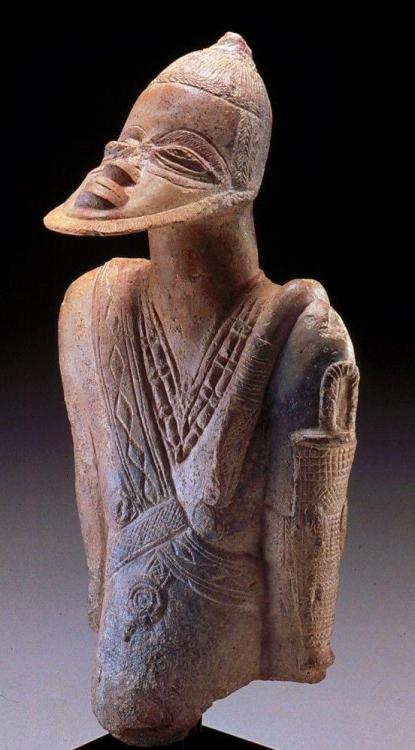
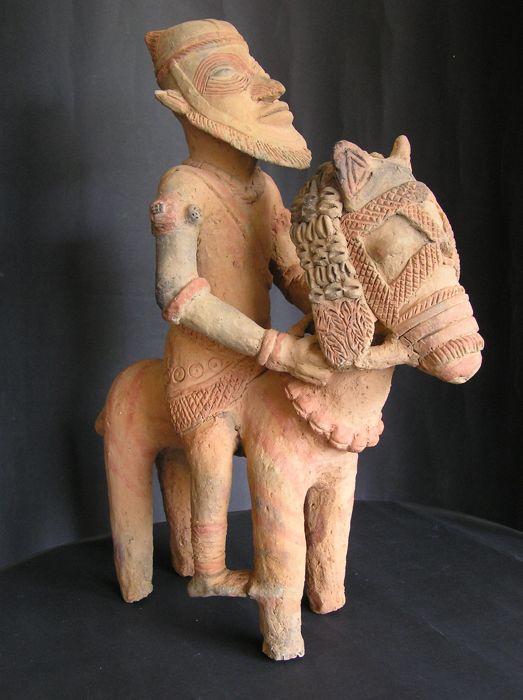
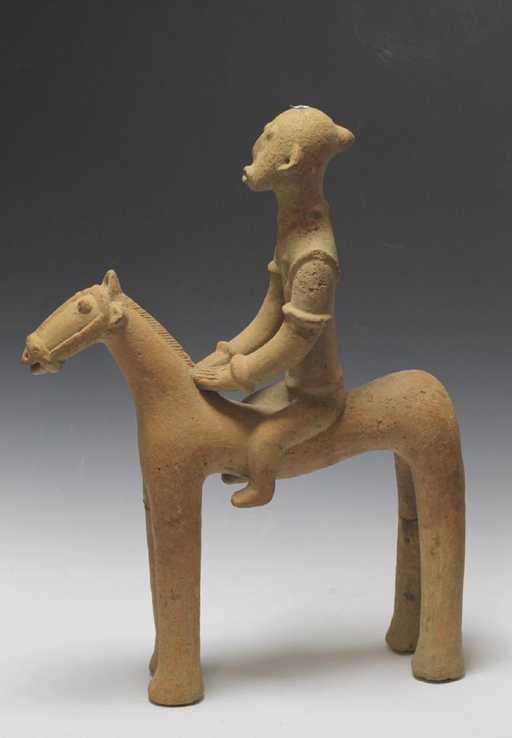
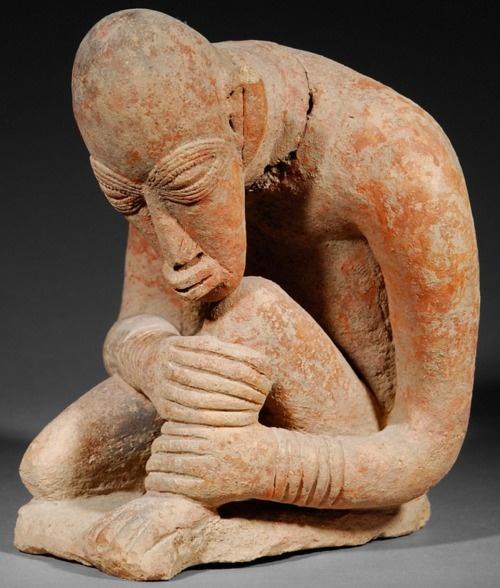
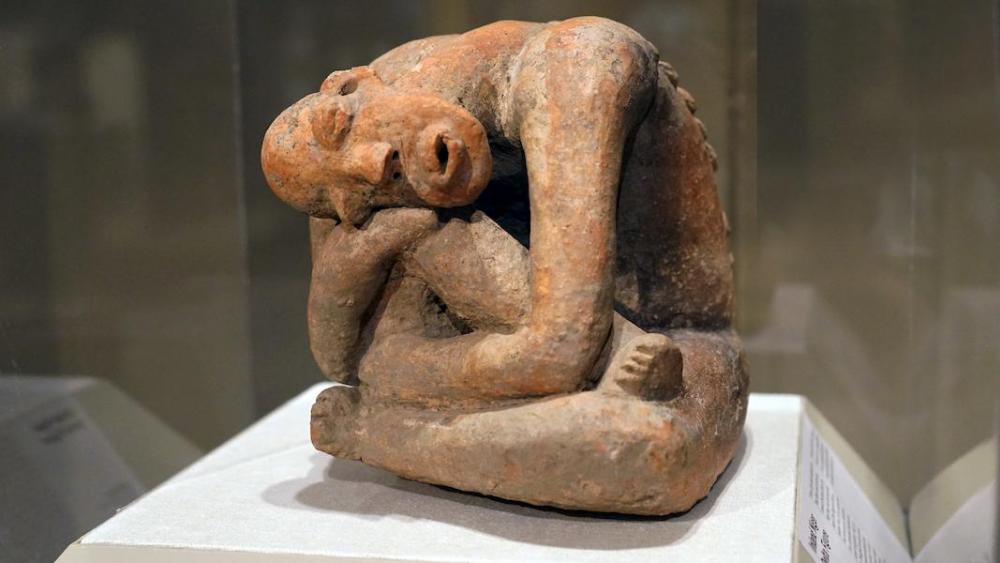
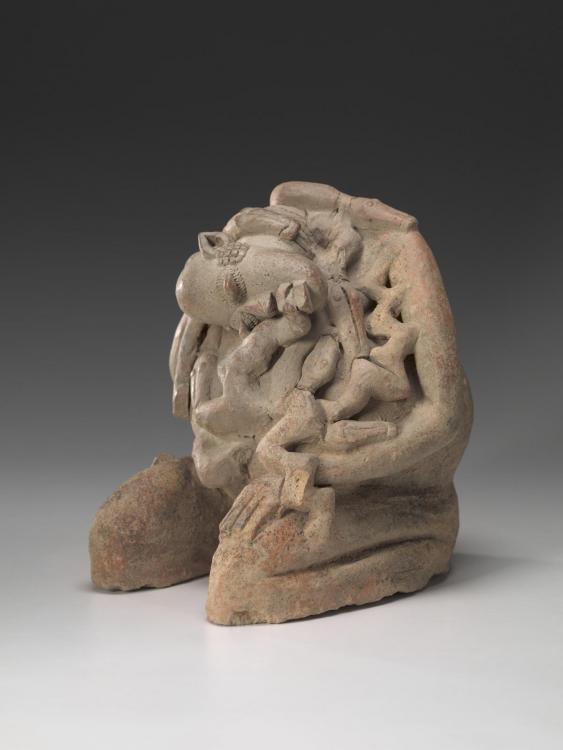
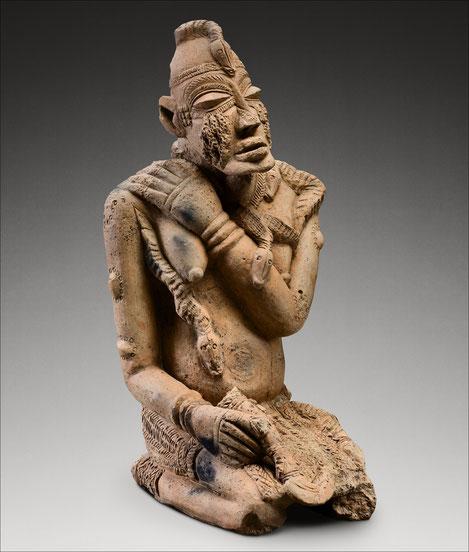
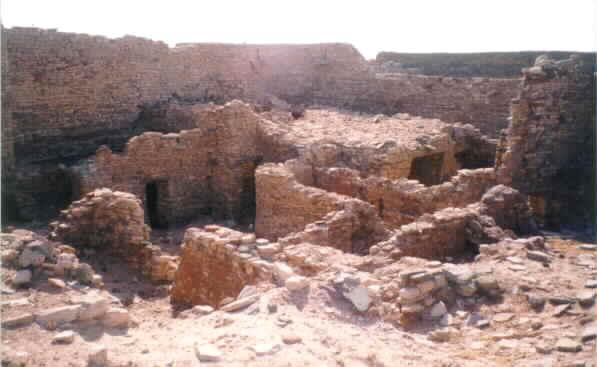
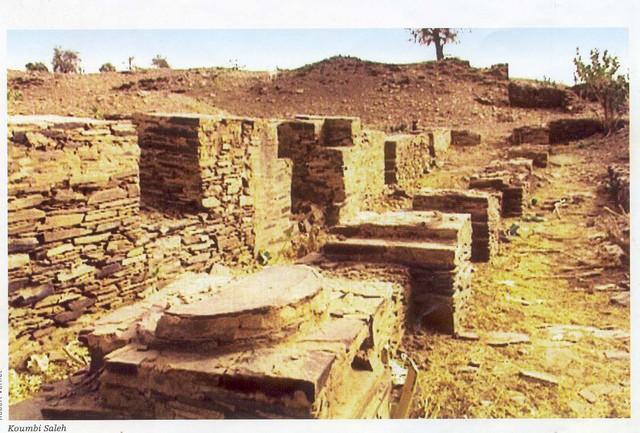
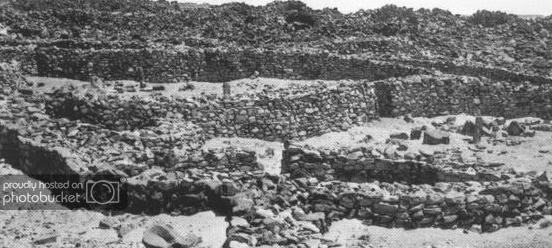
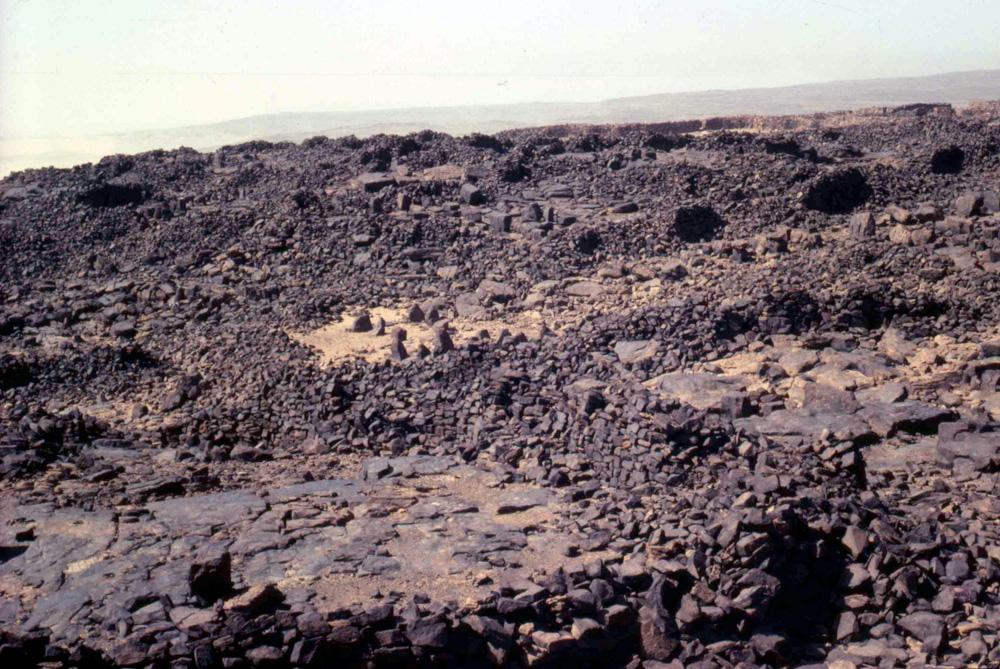
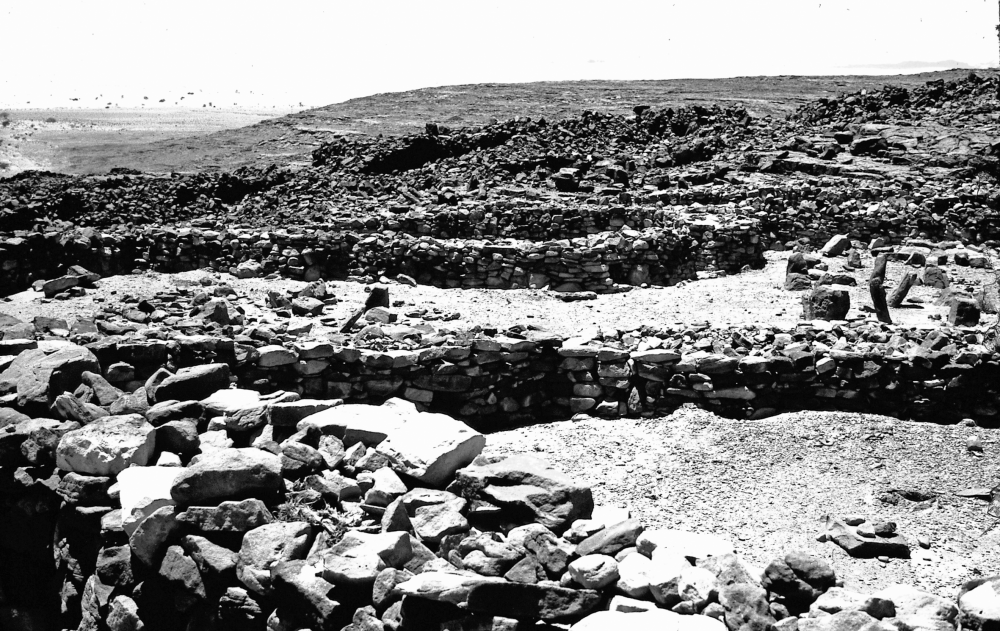
.thumb.jpg.d76f7e95fd2e9b1dab8c189fc3af189c.jpg)
